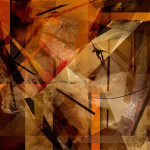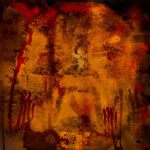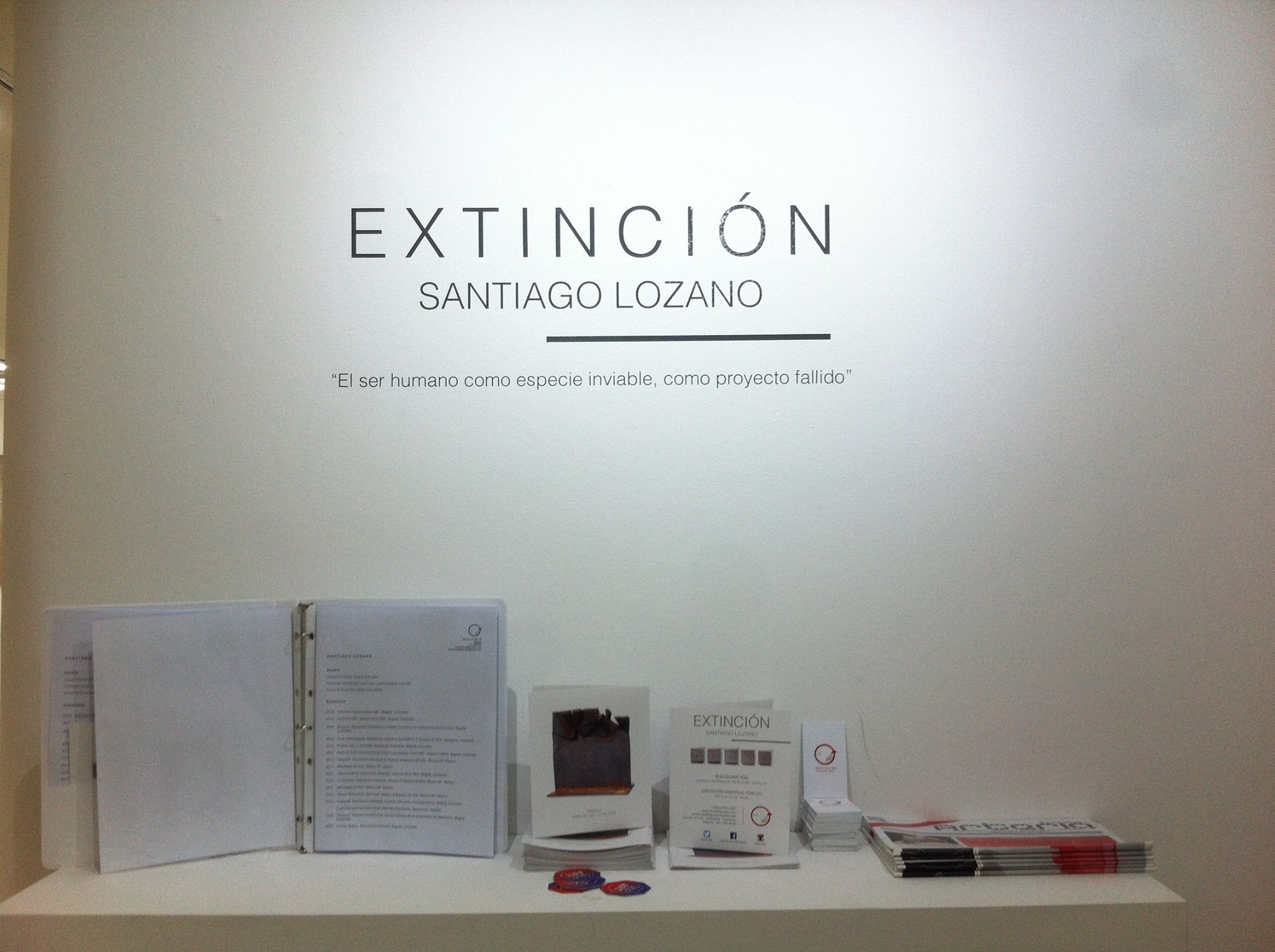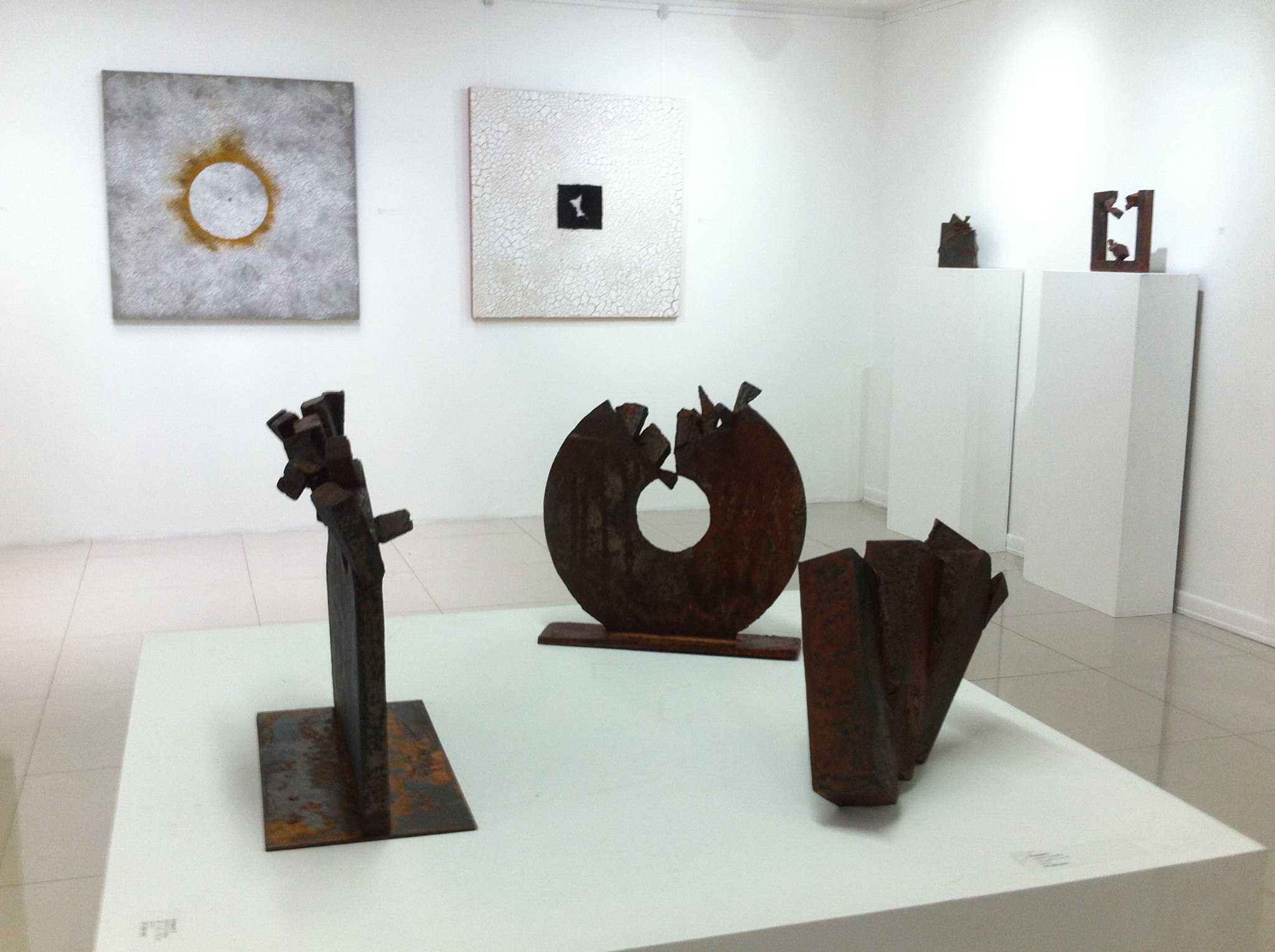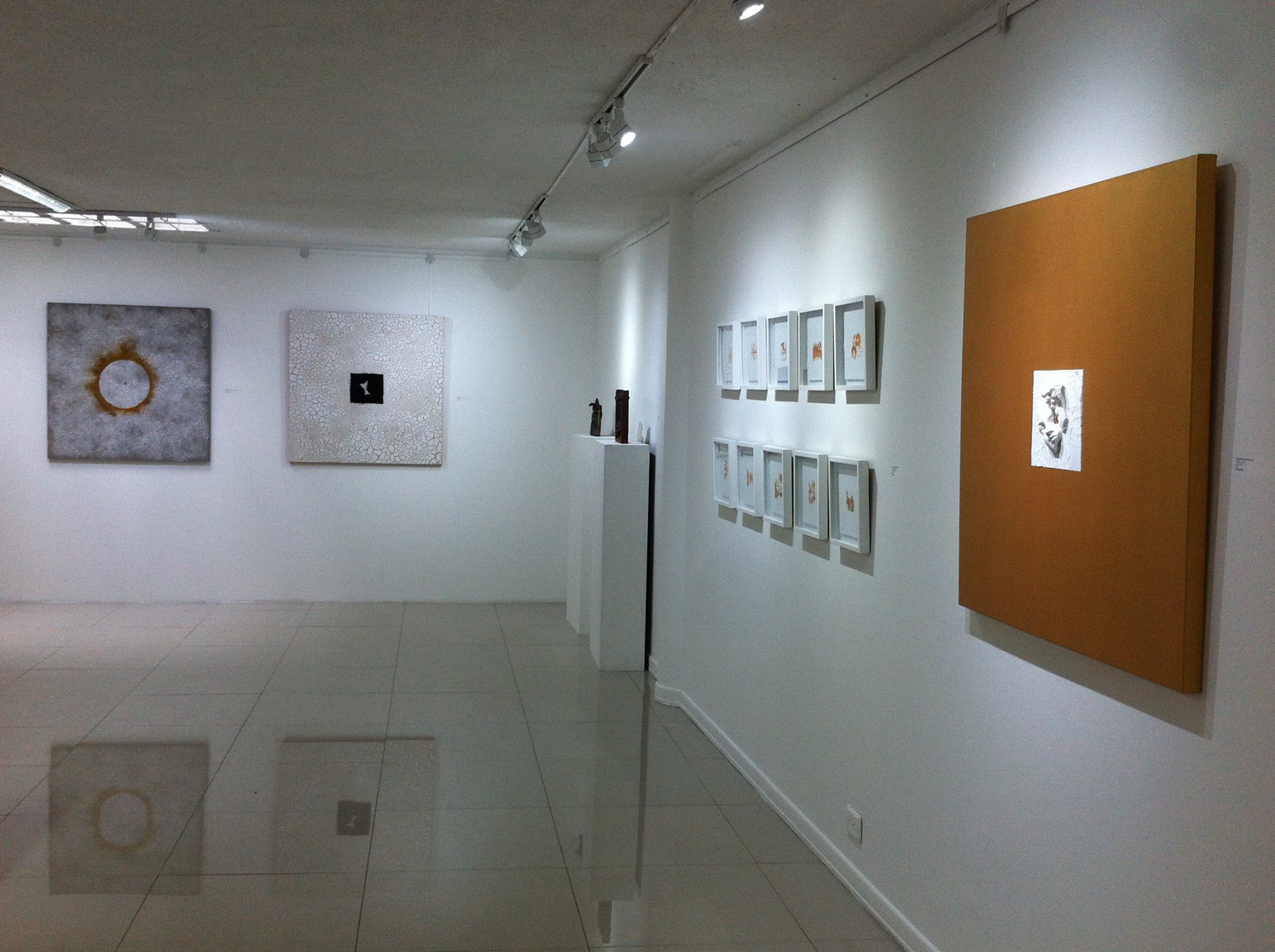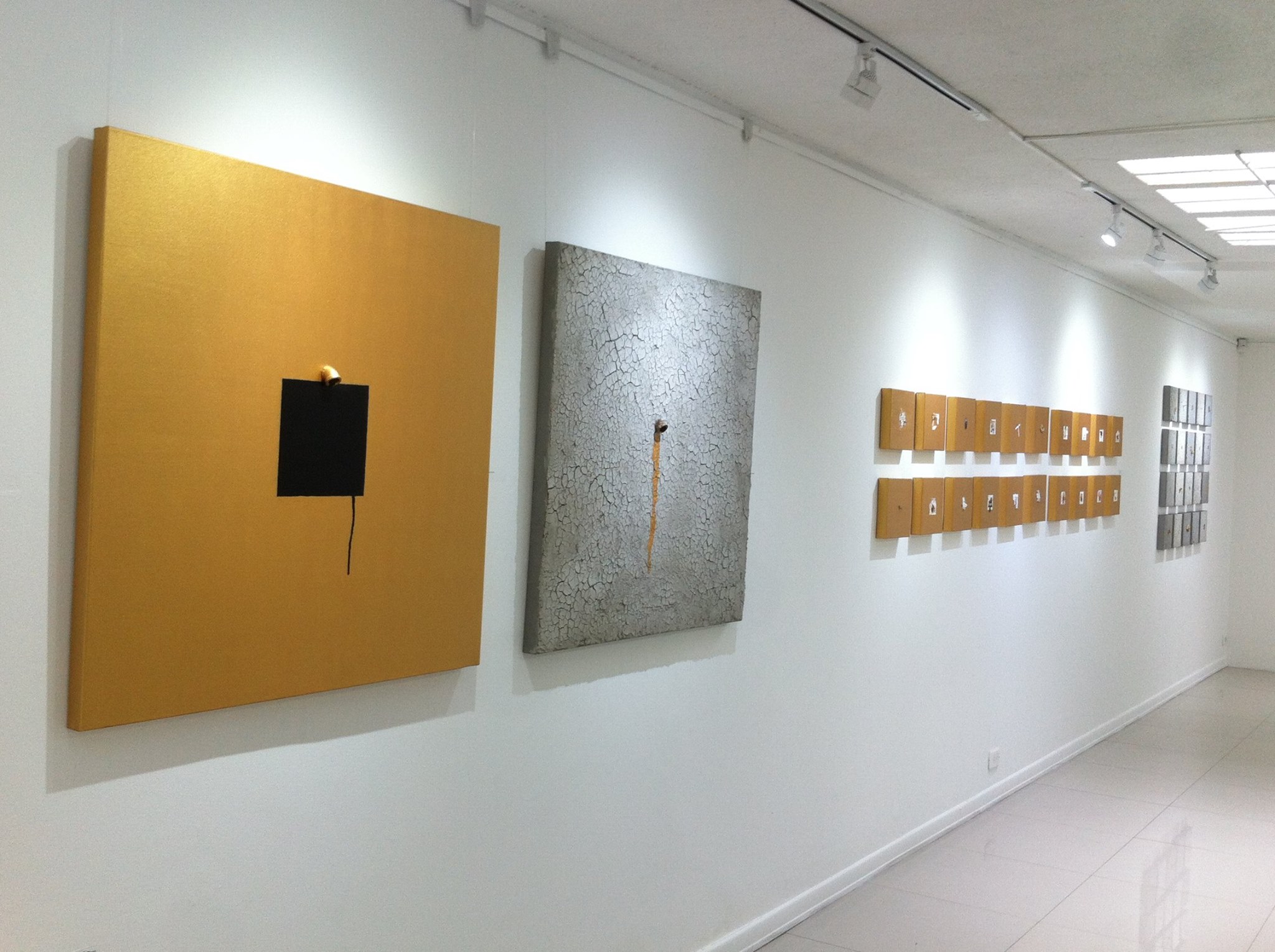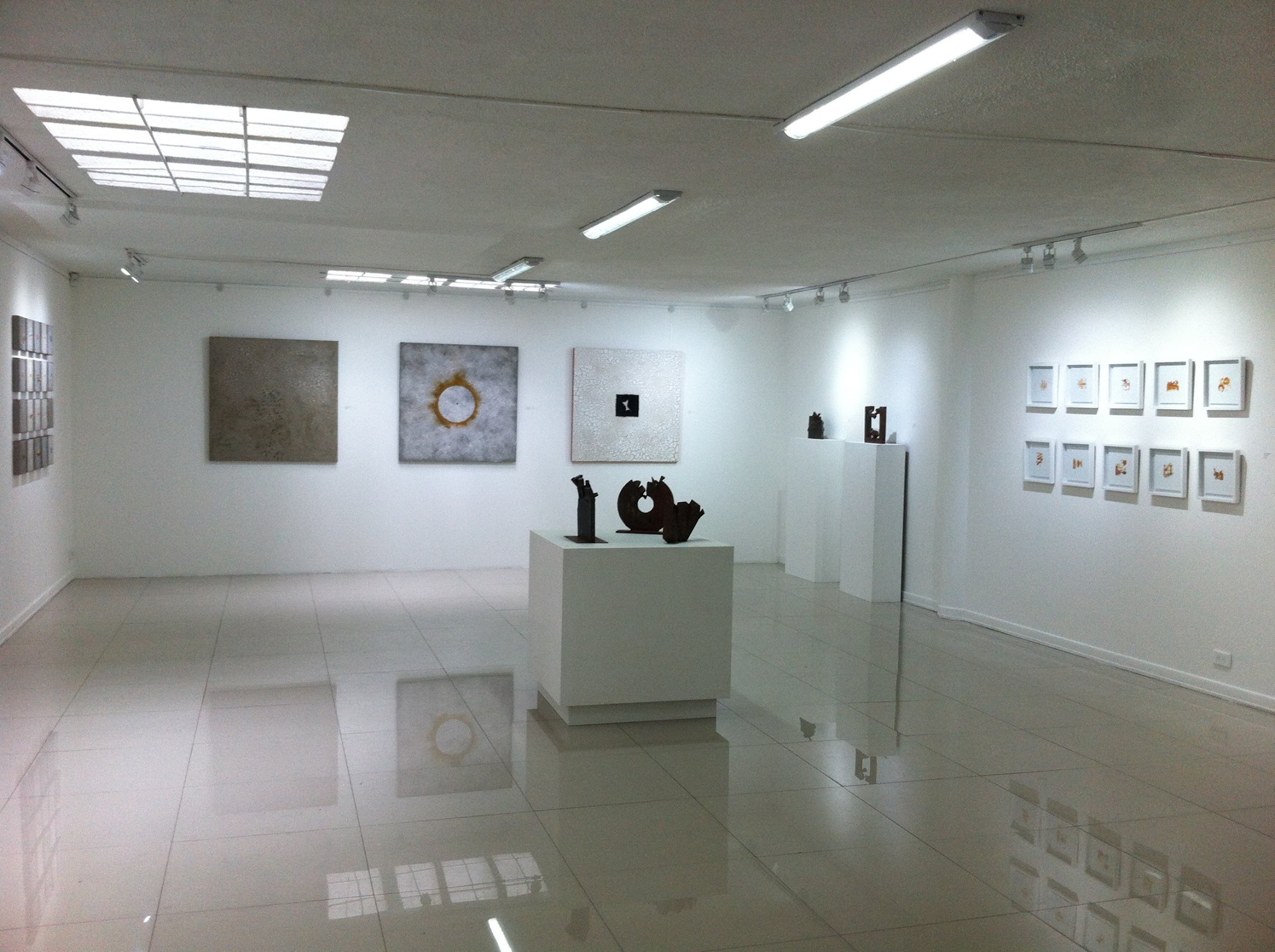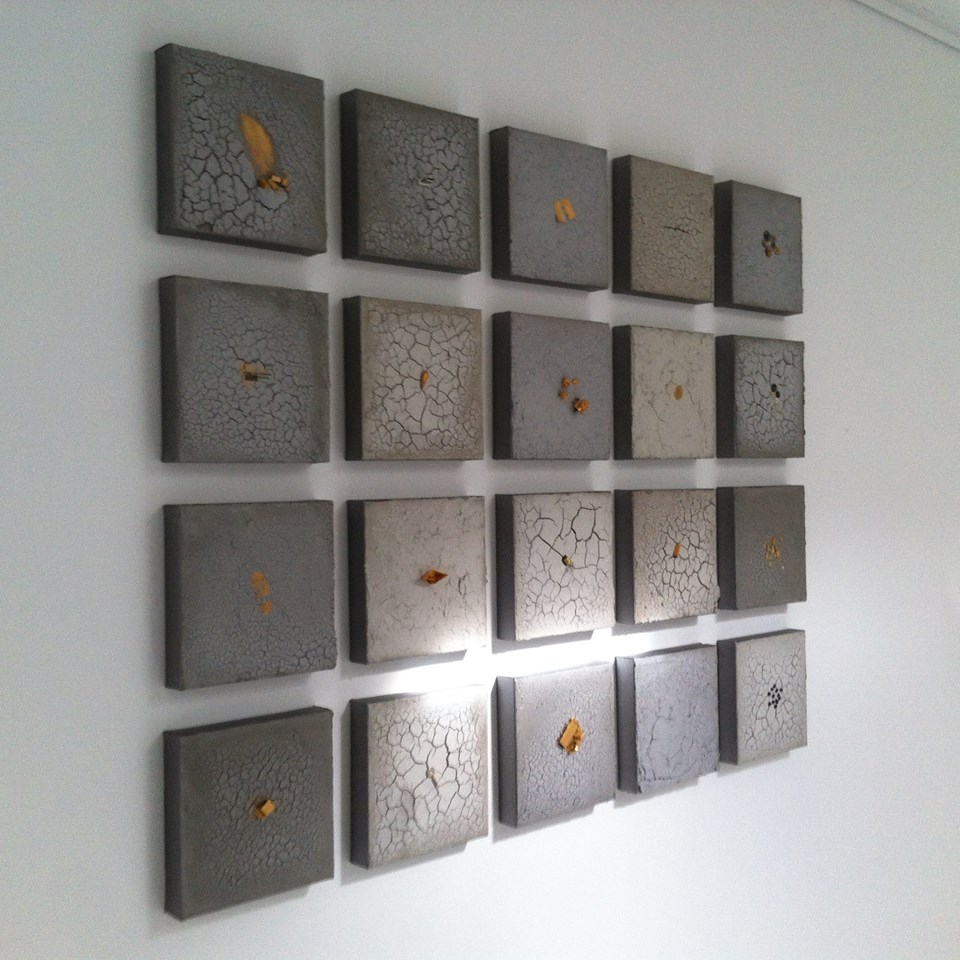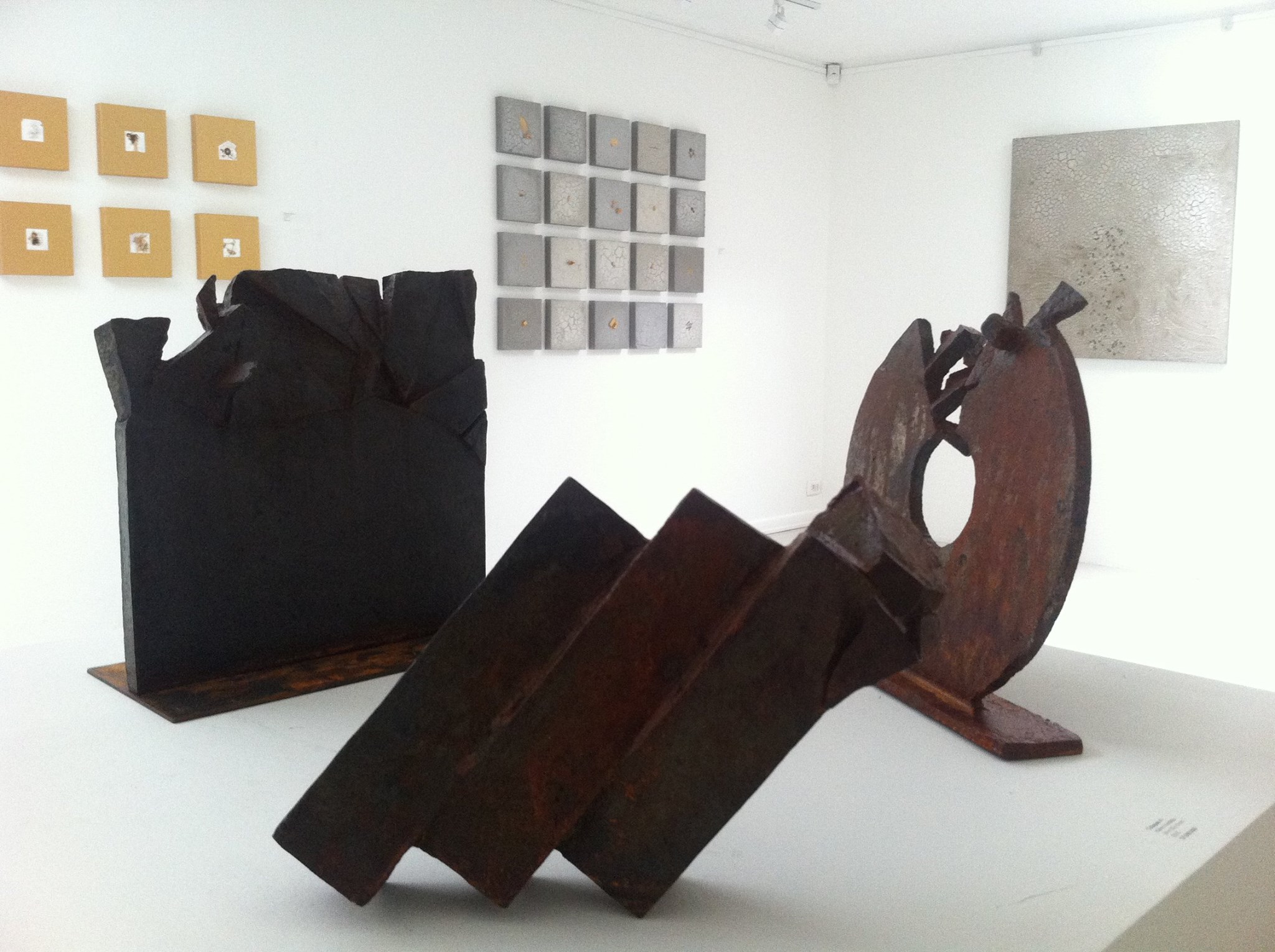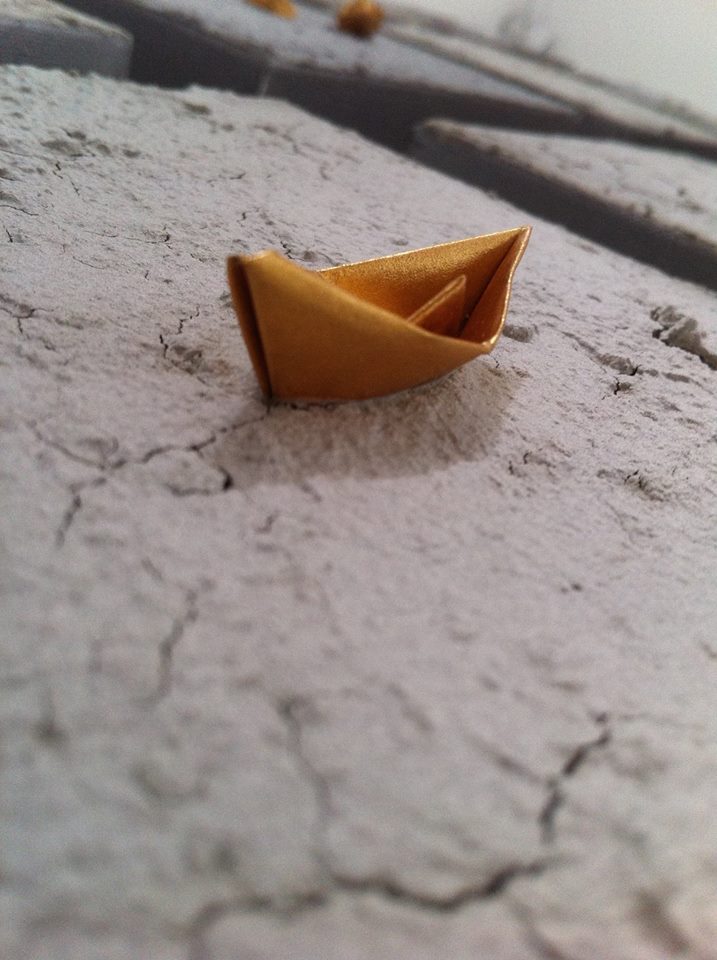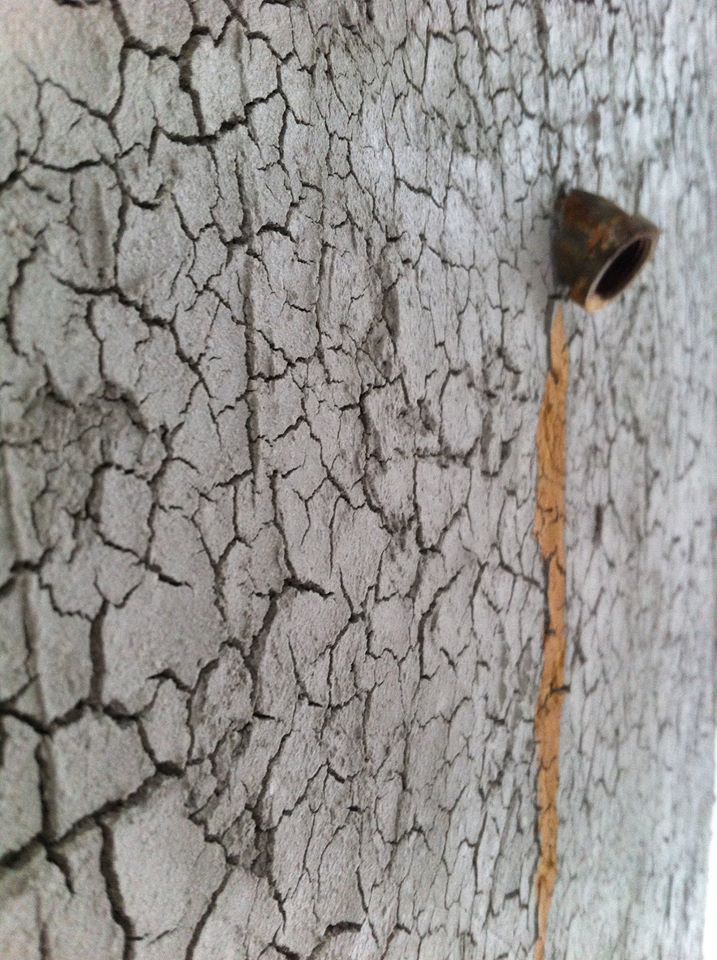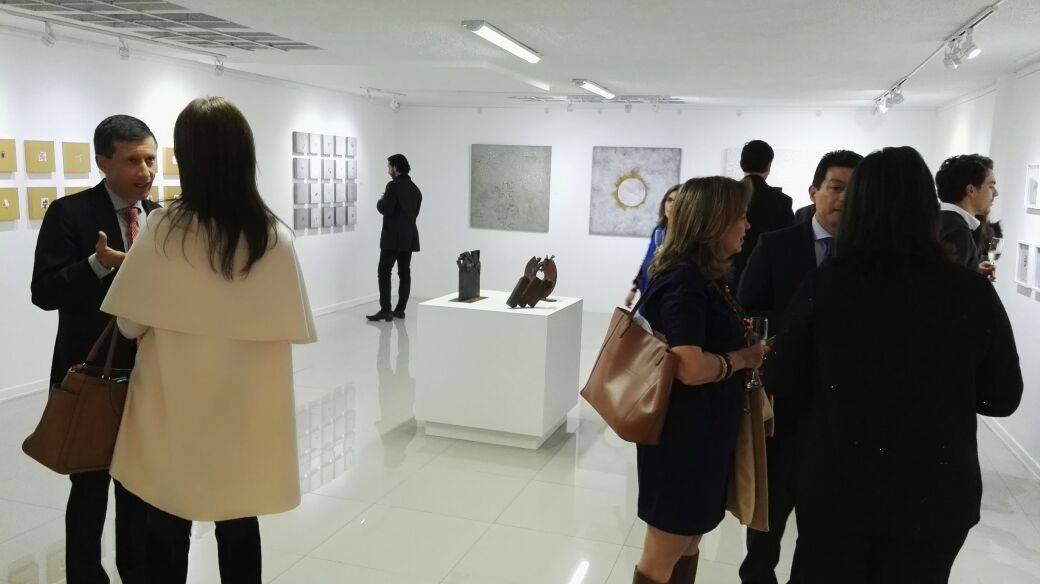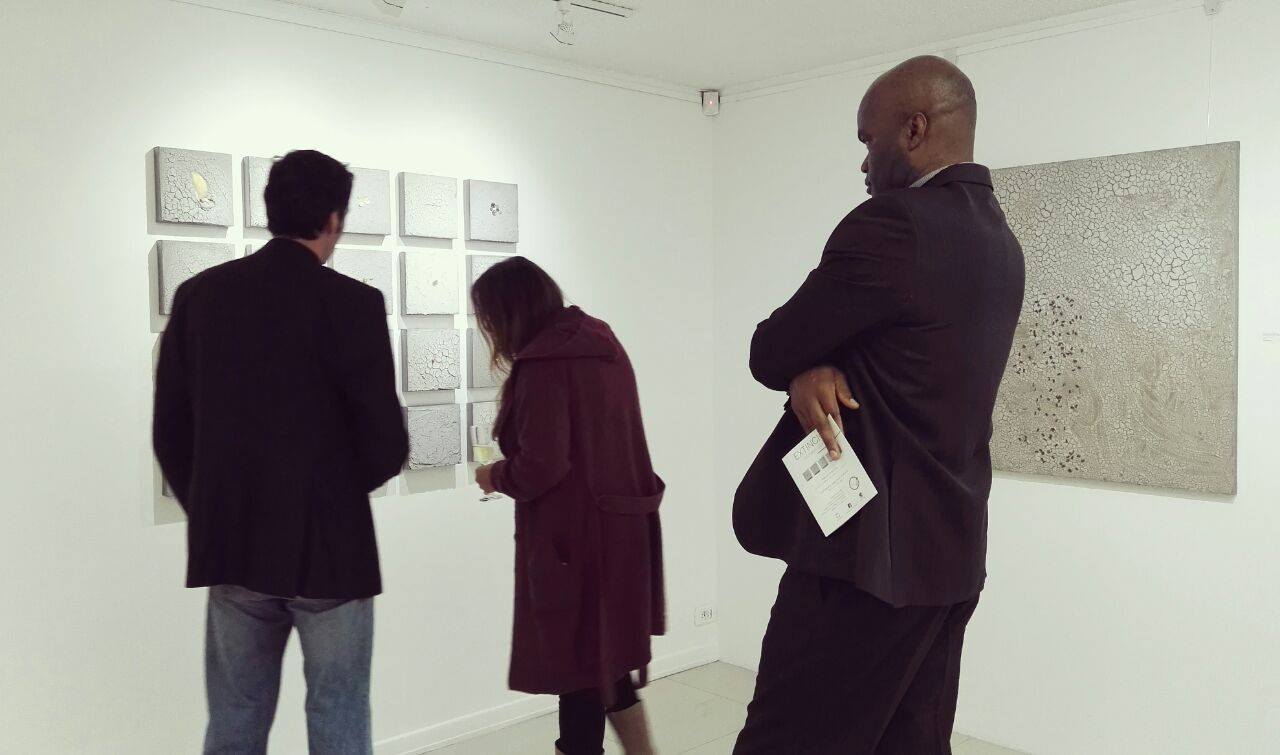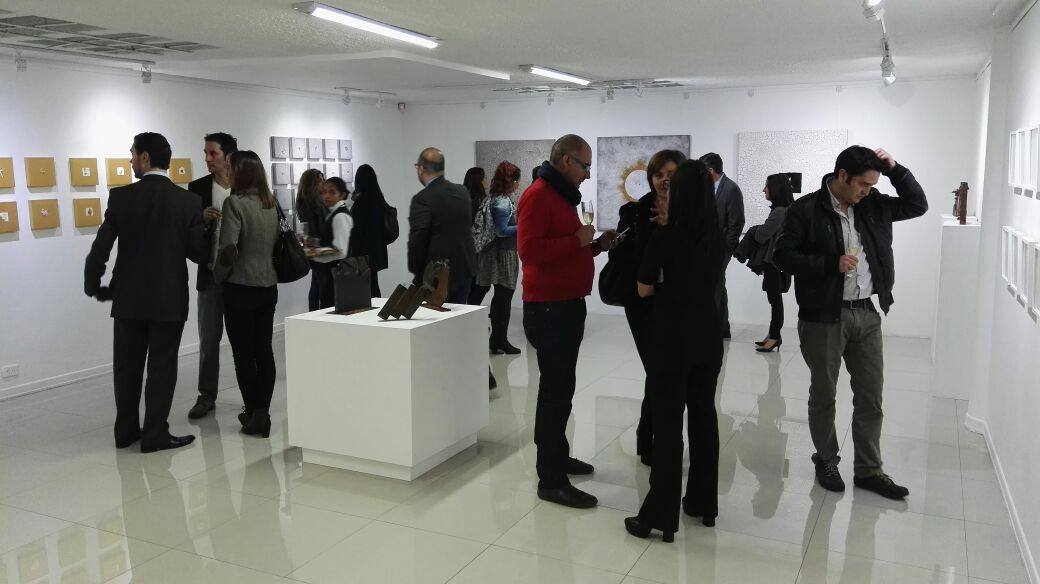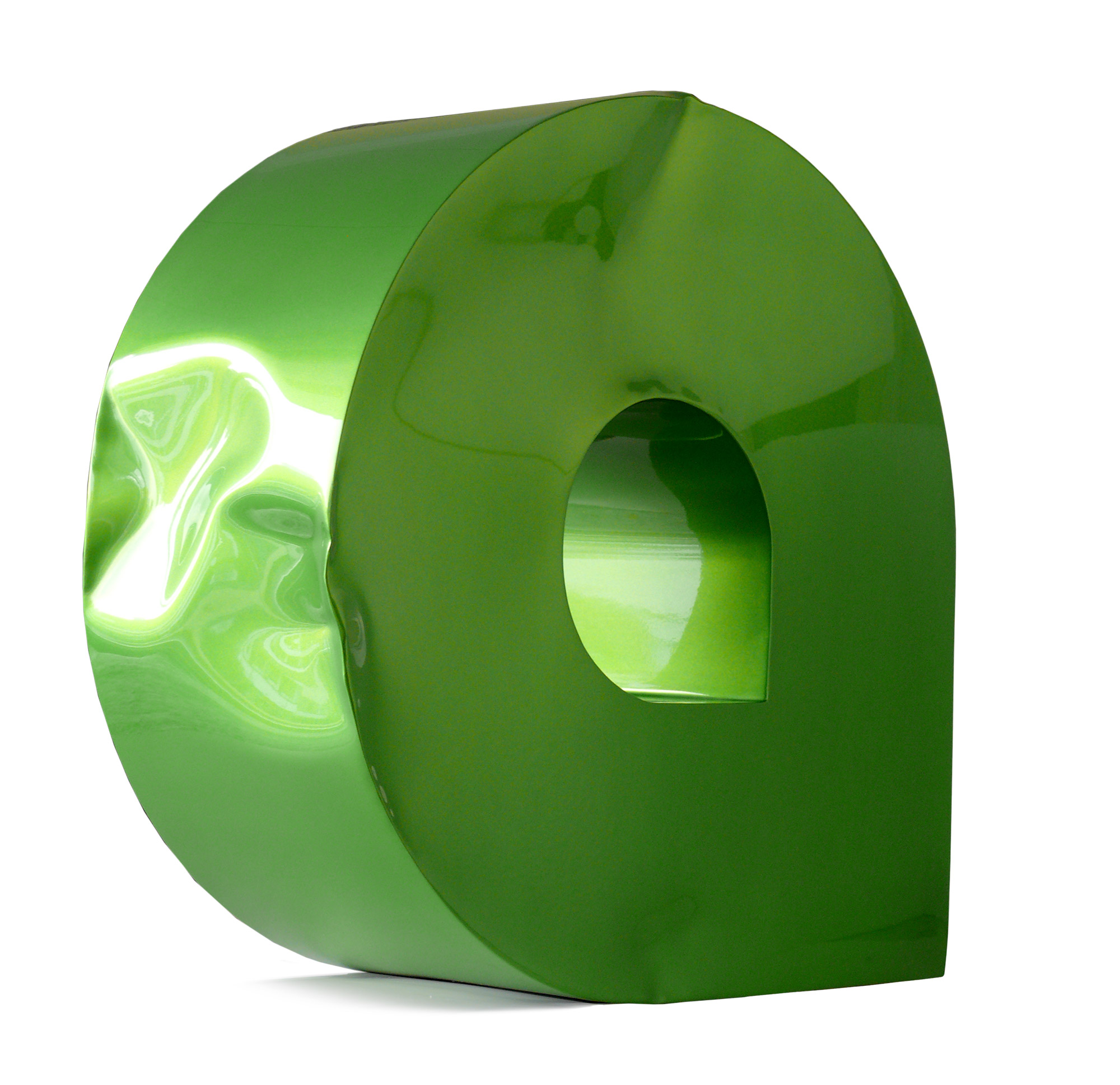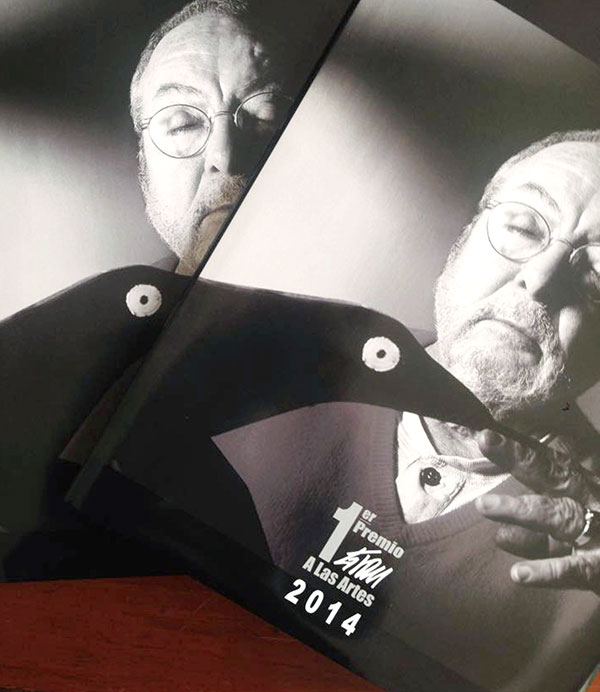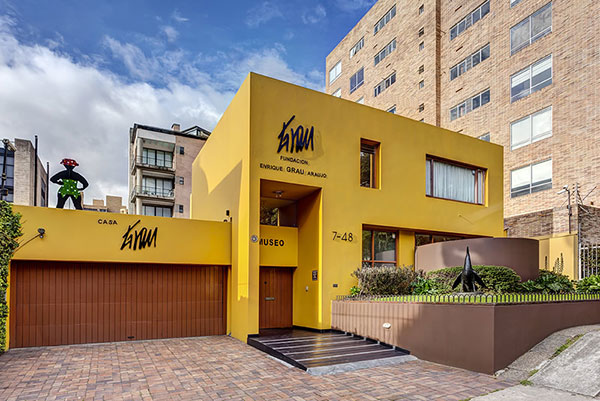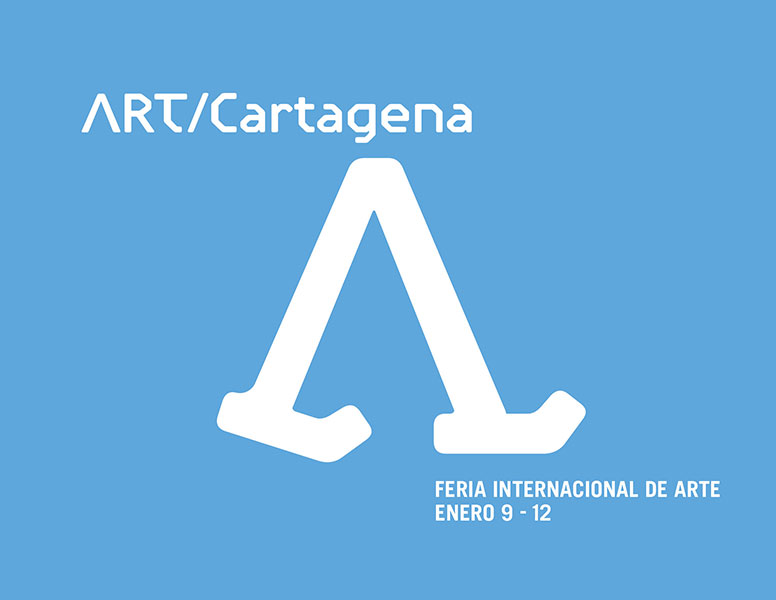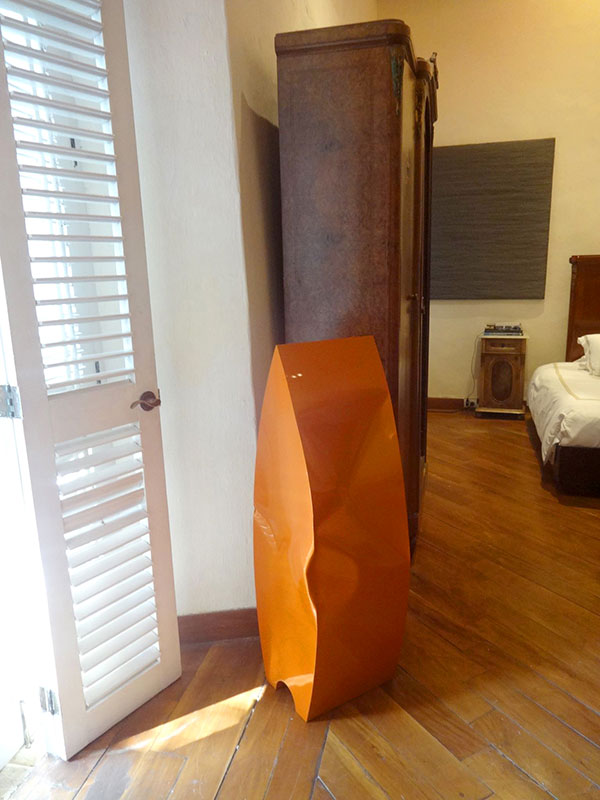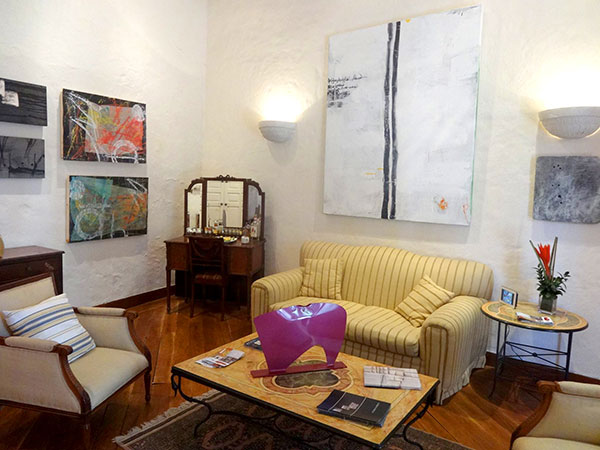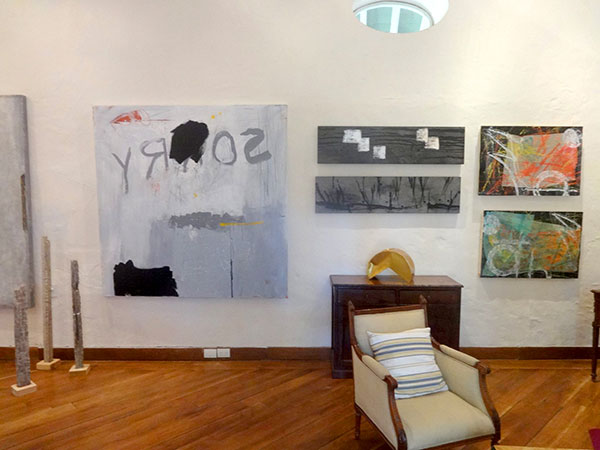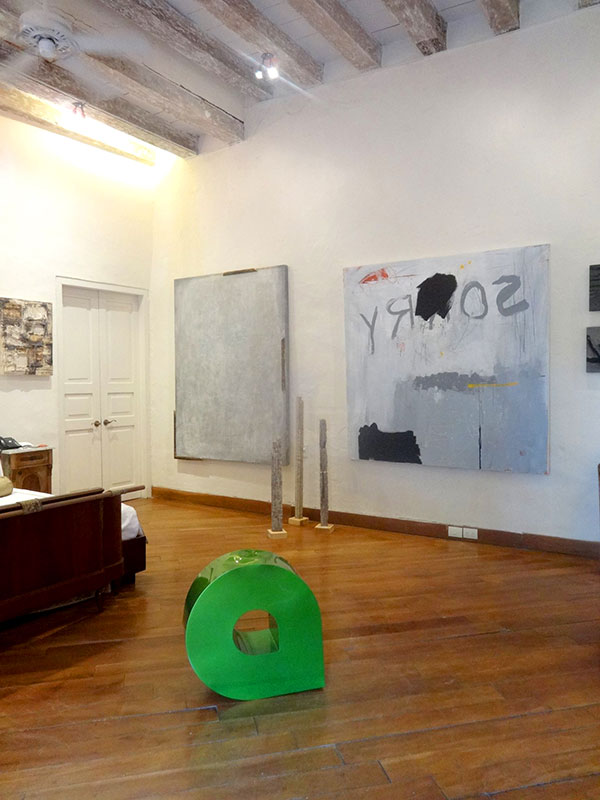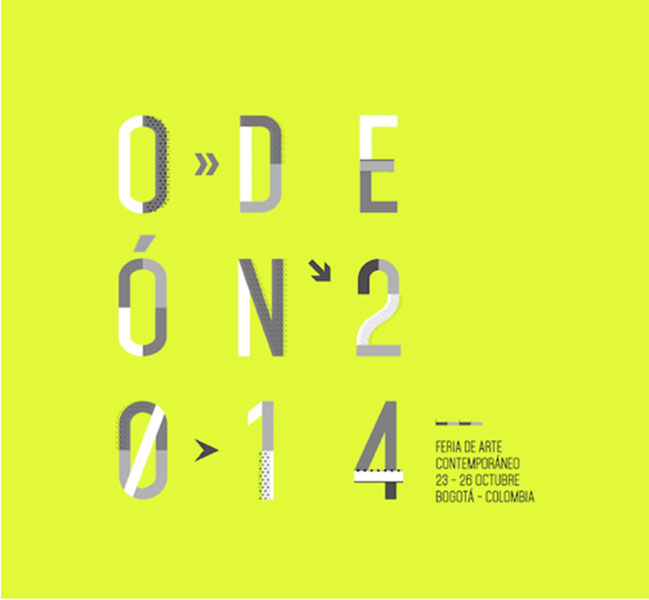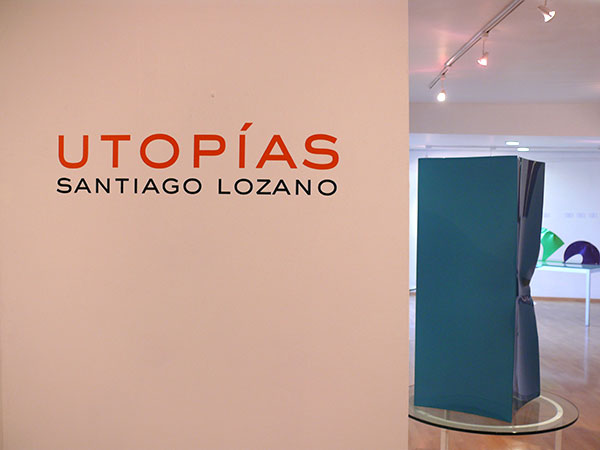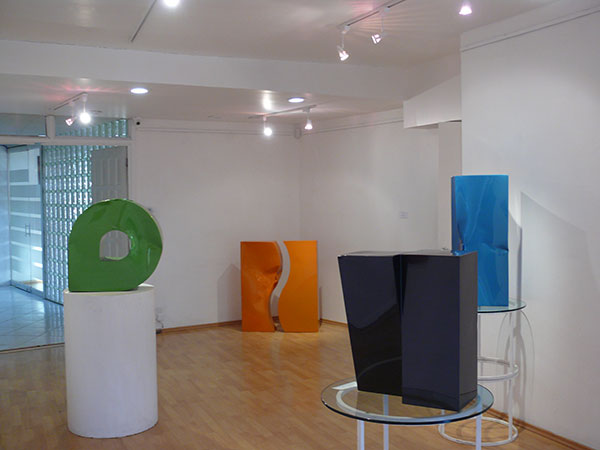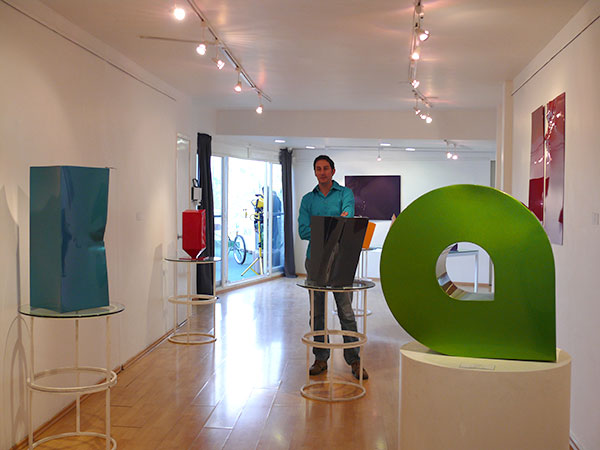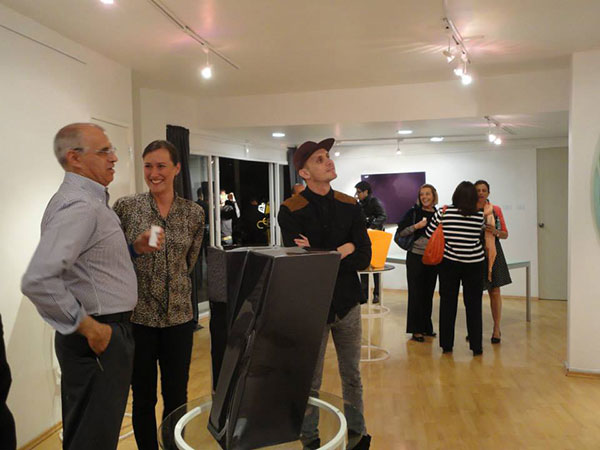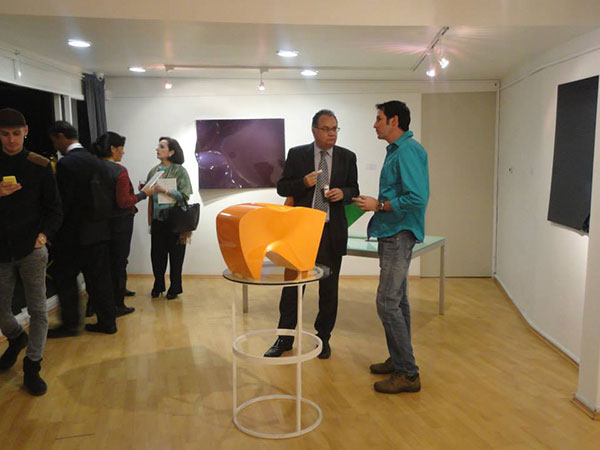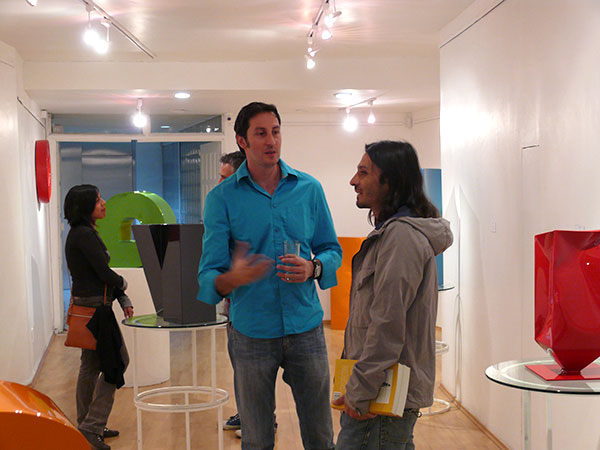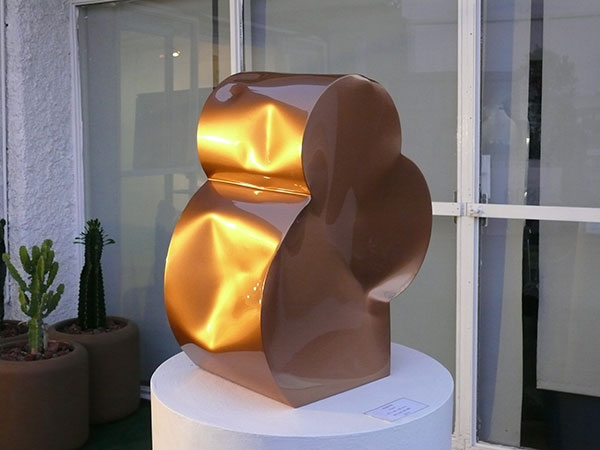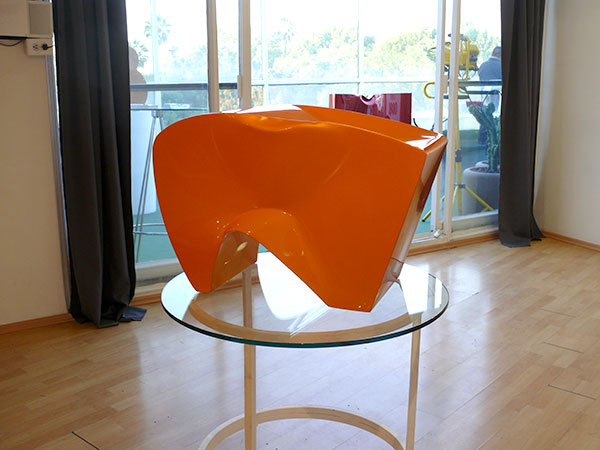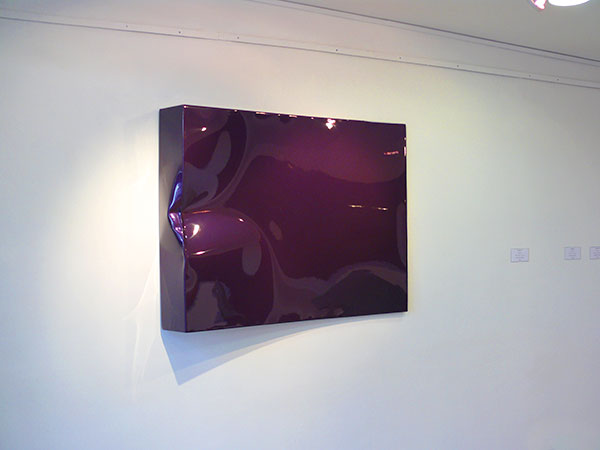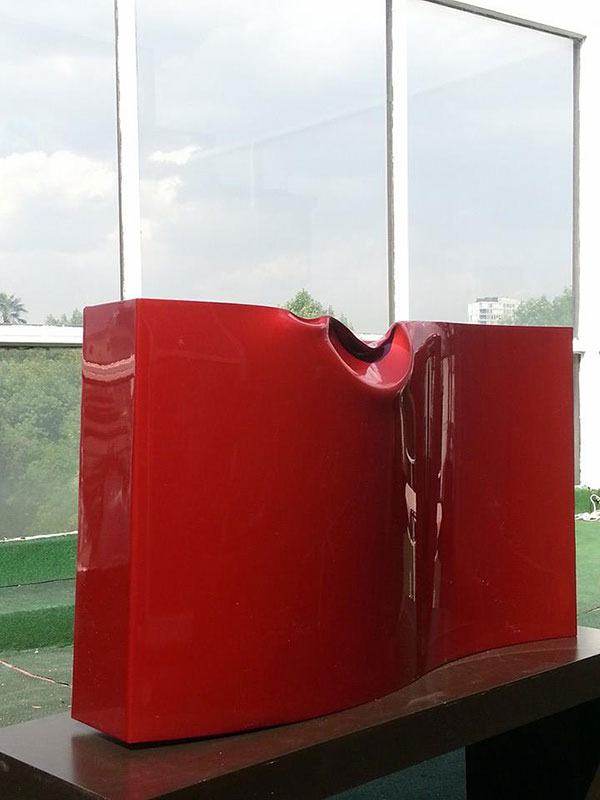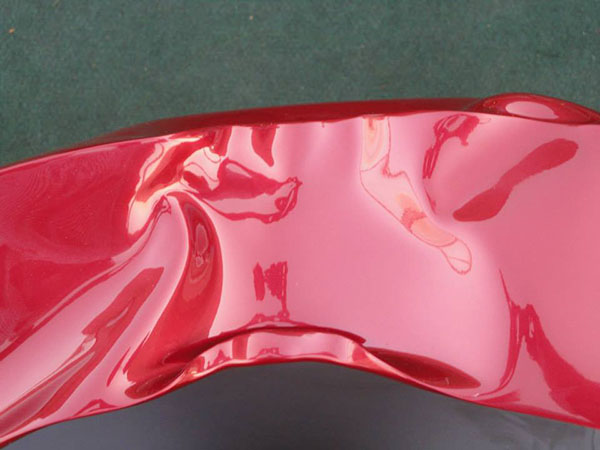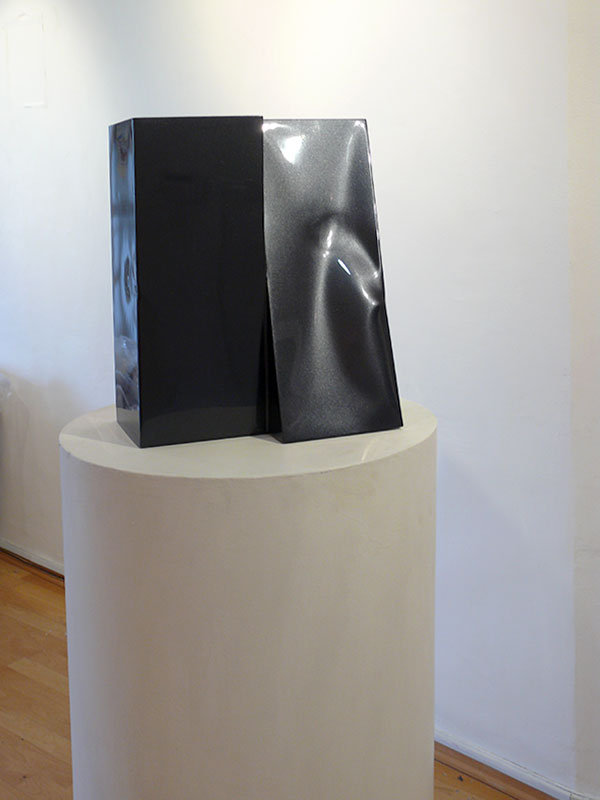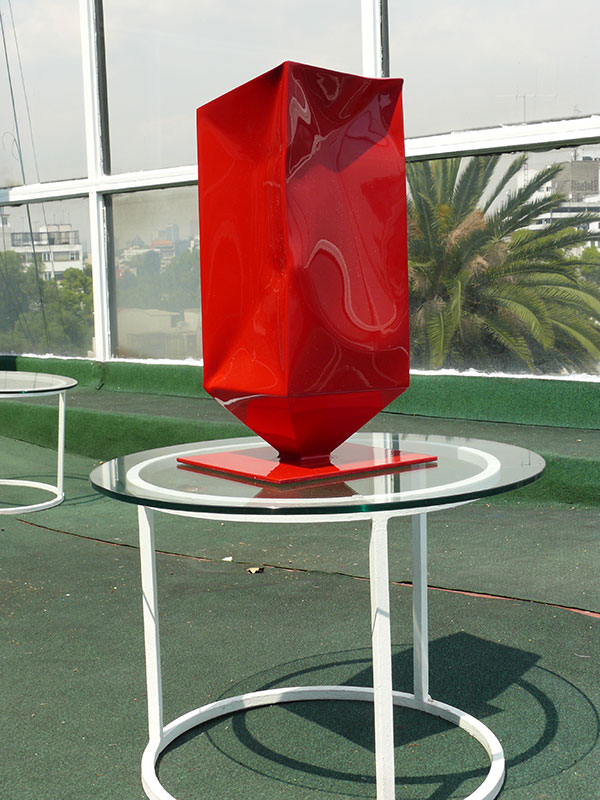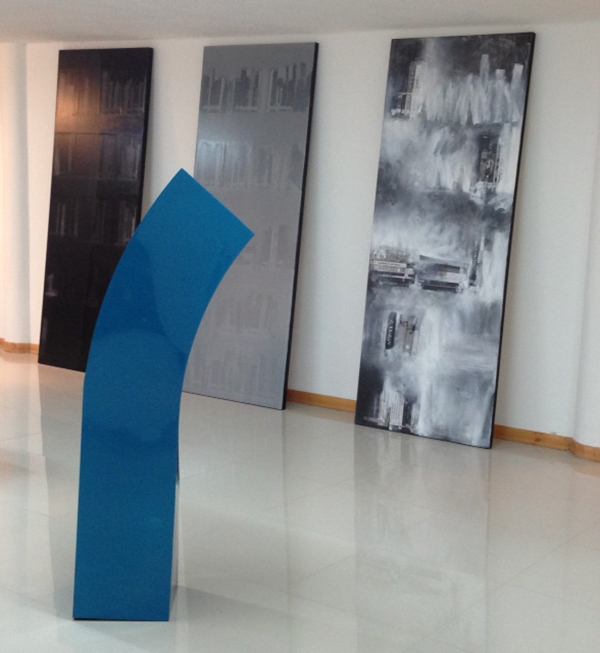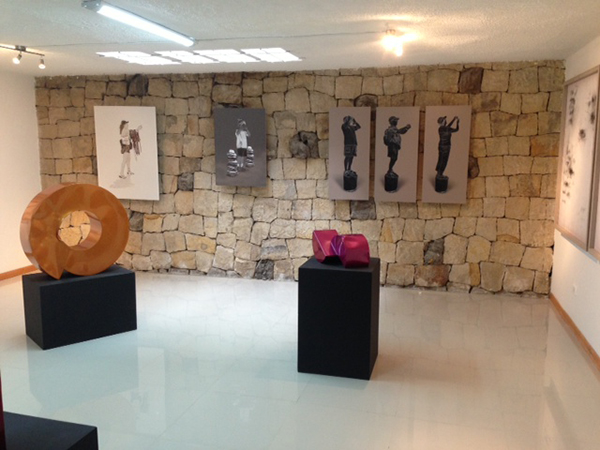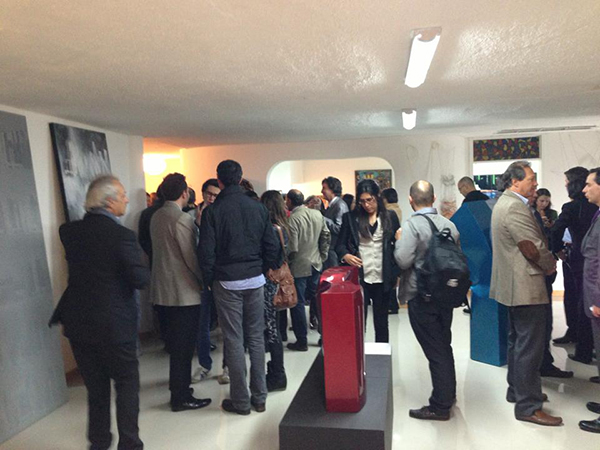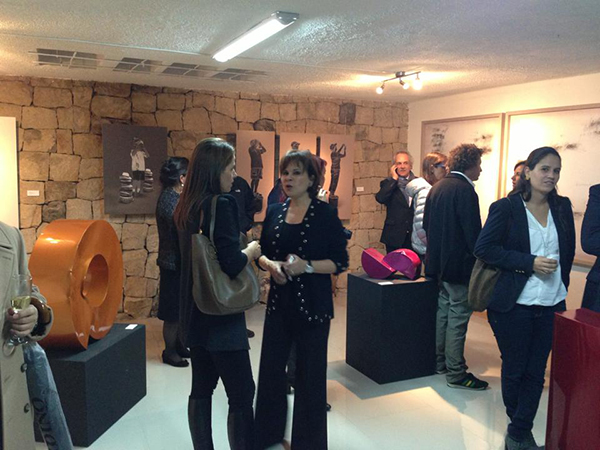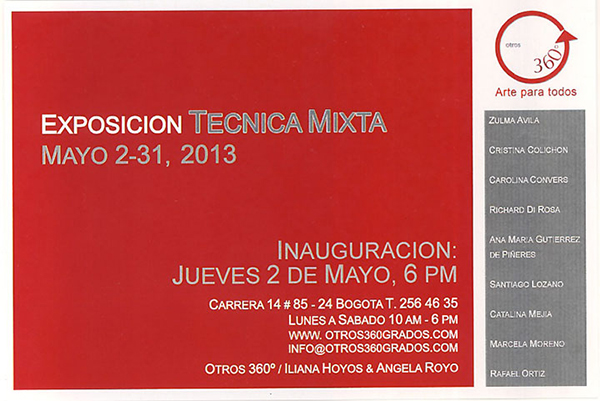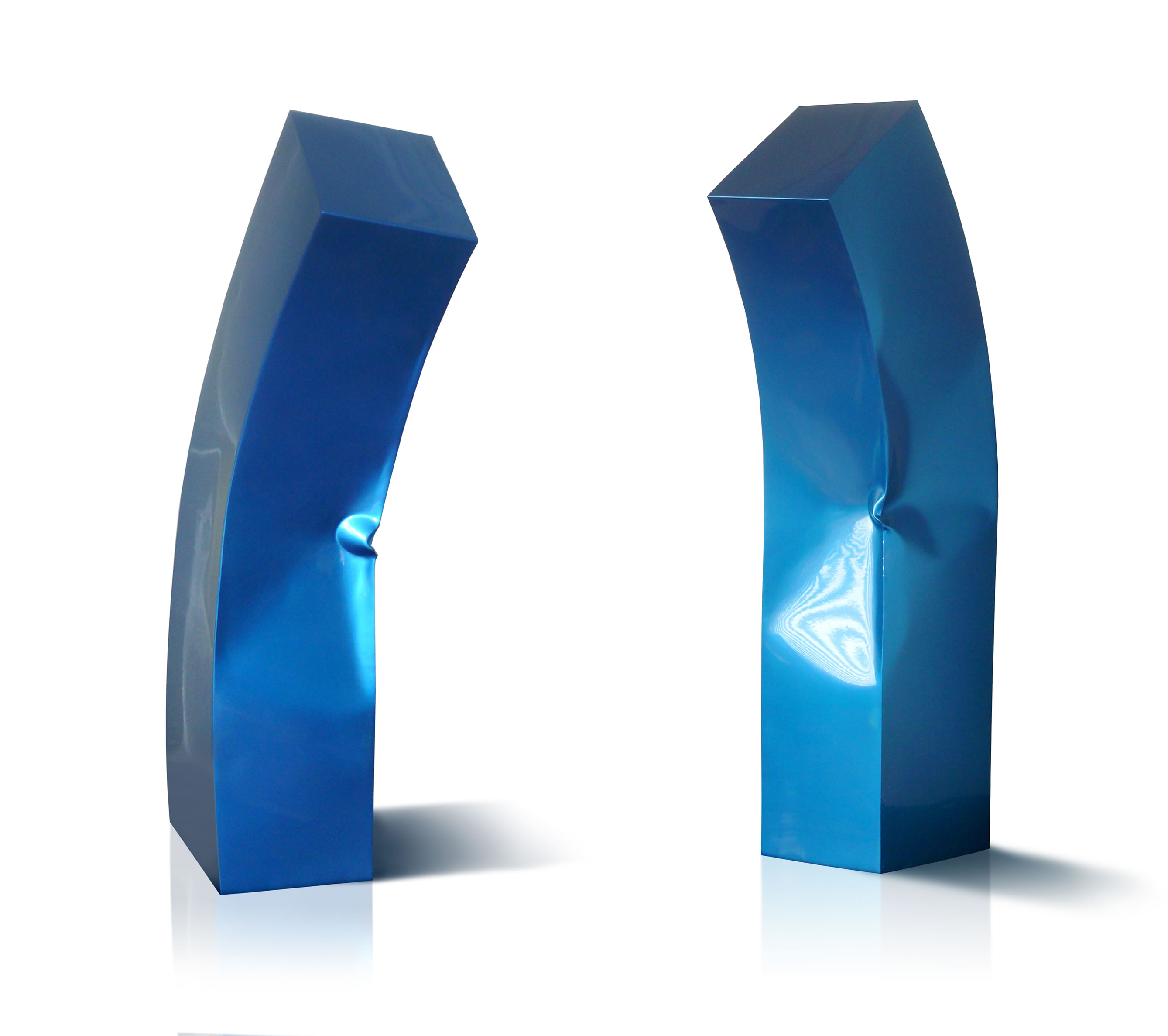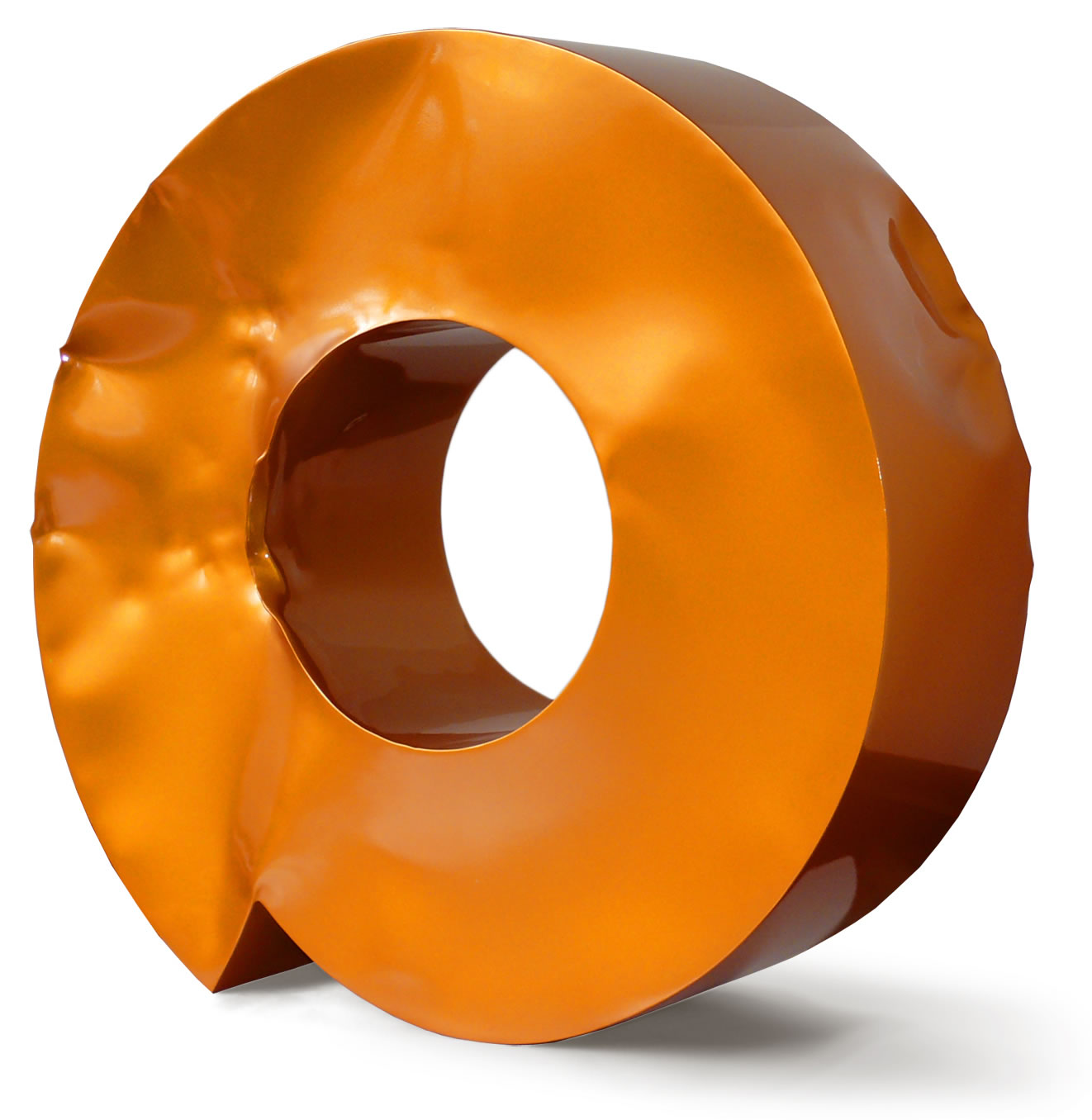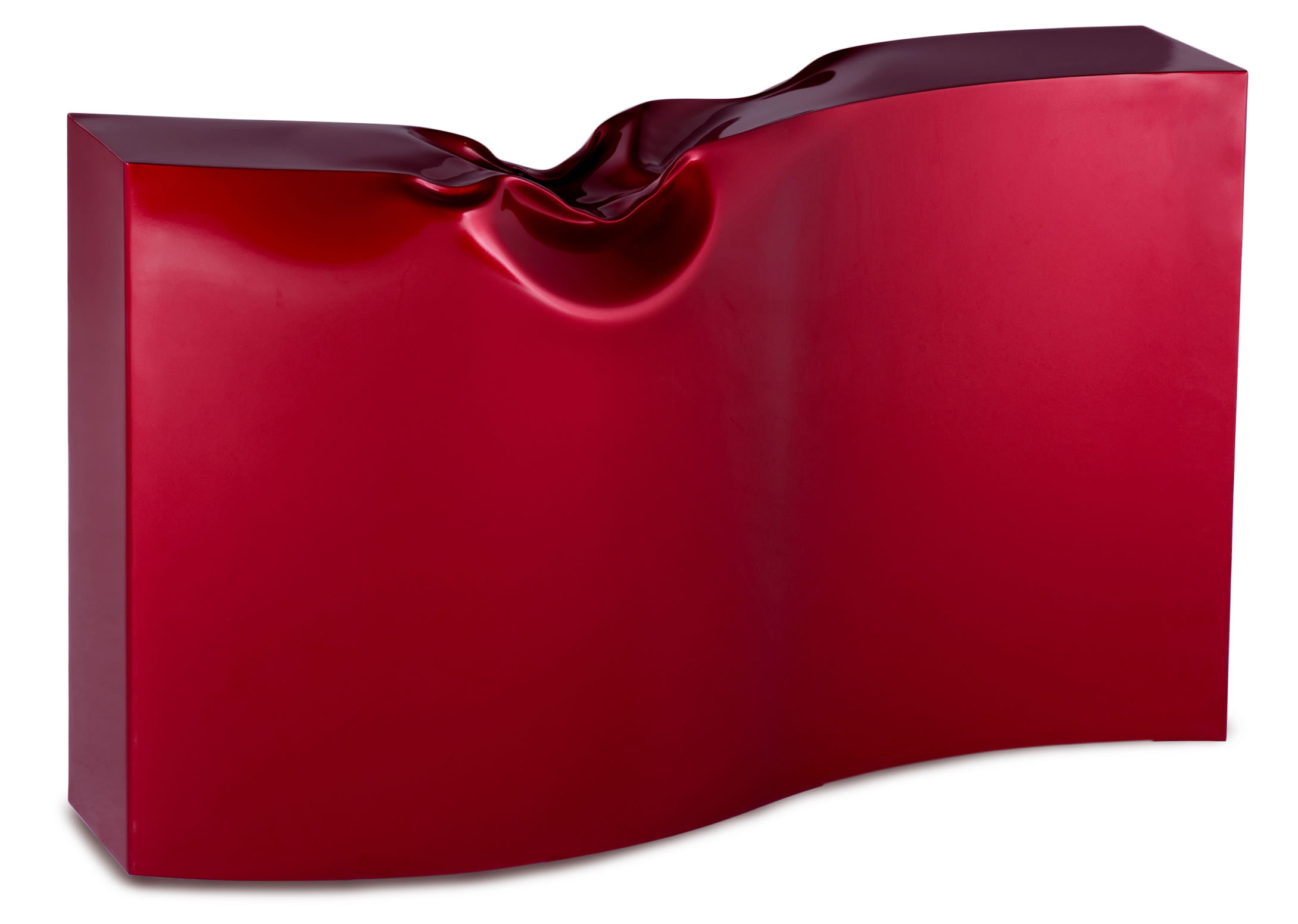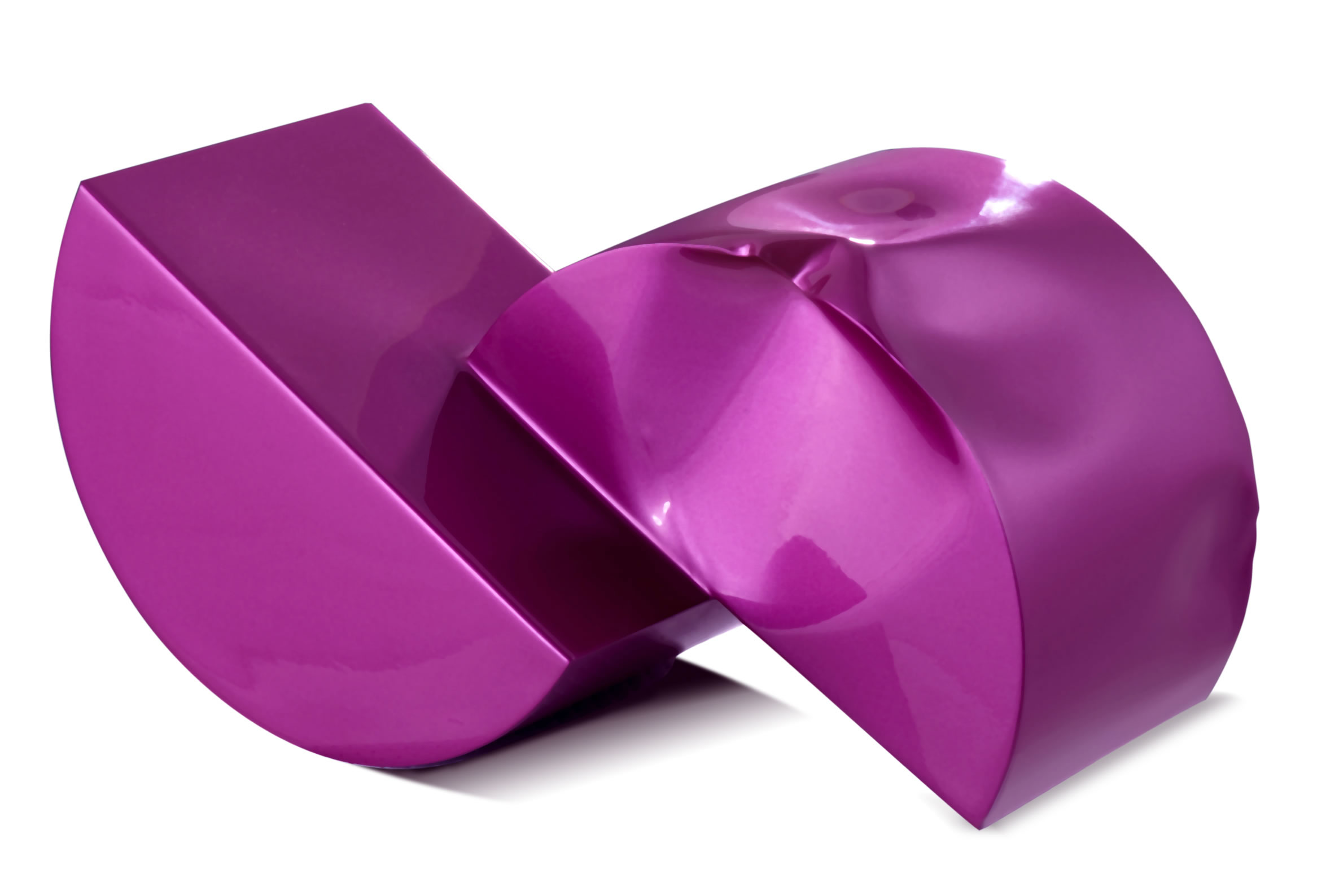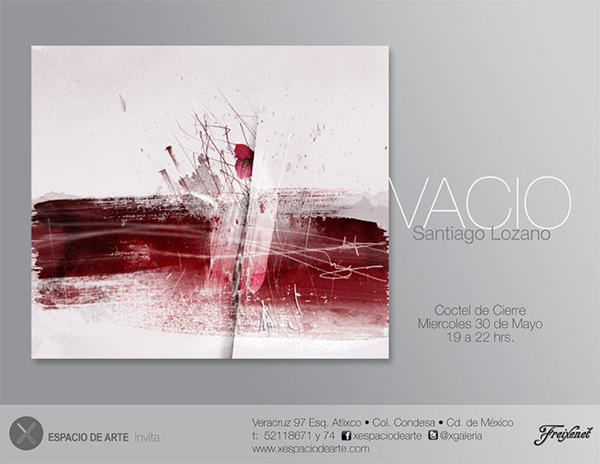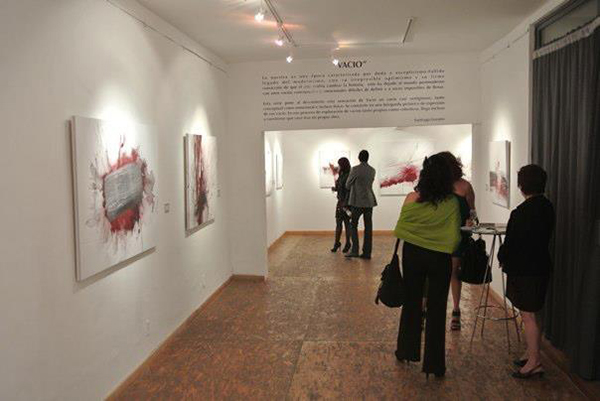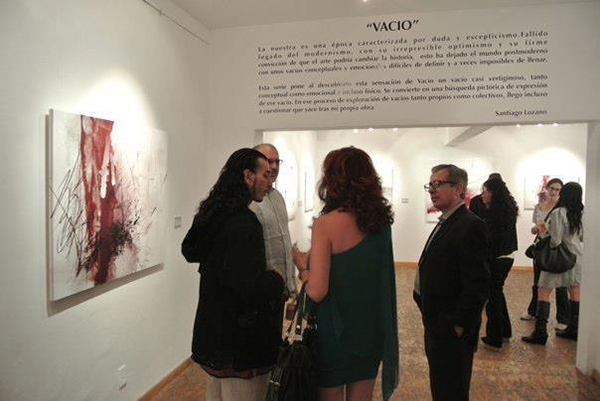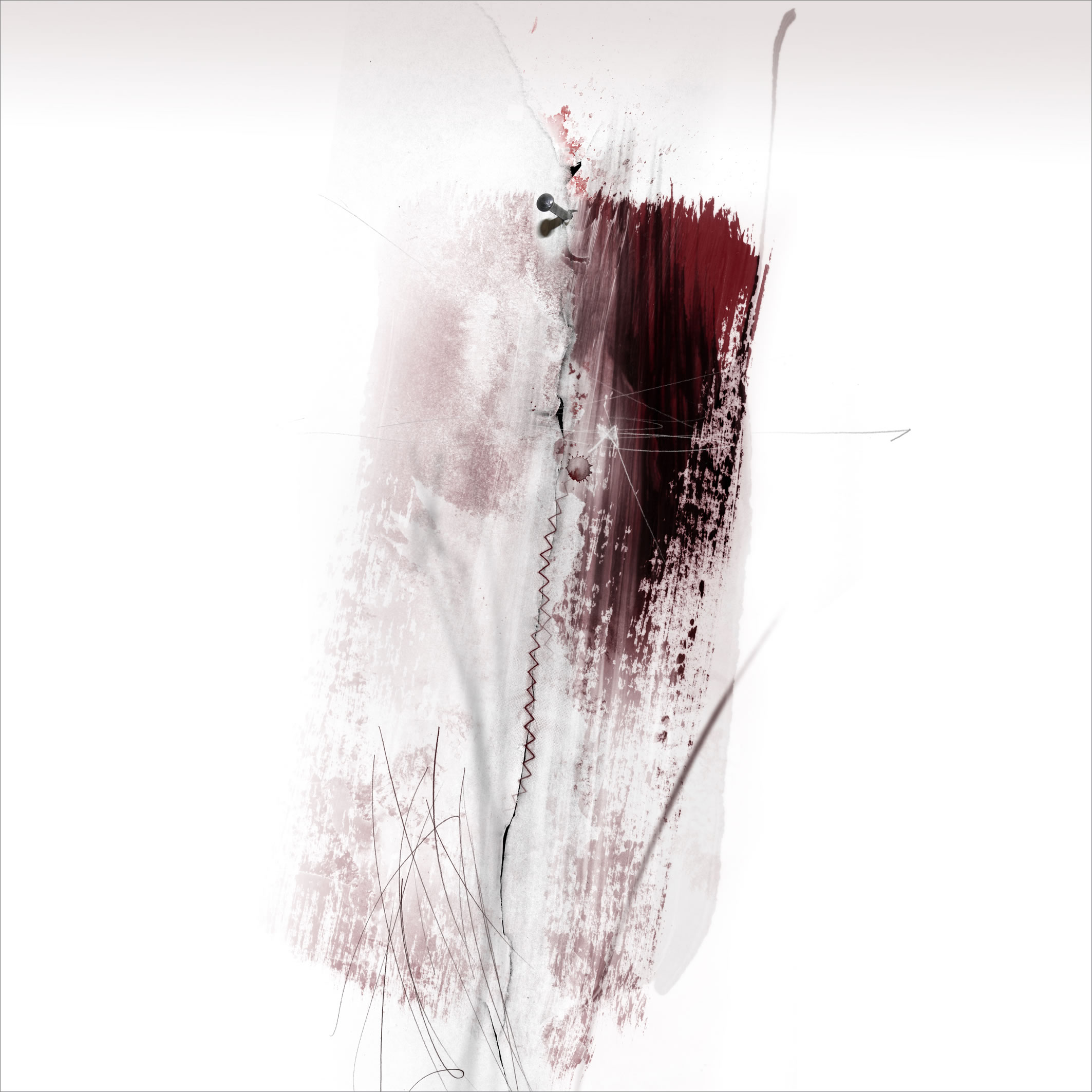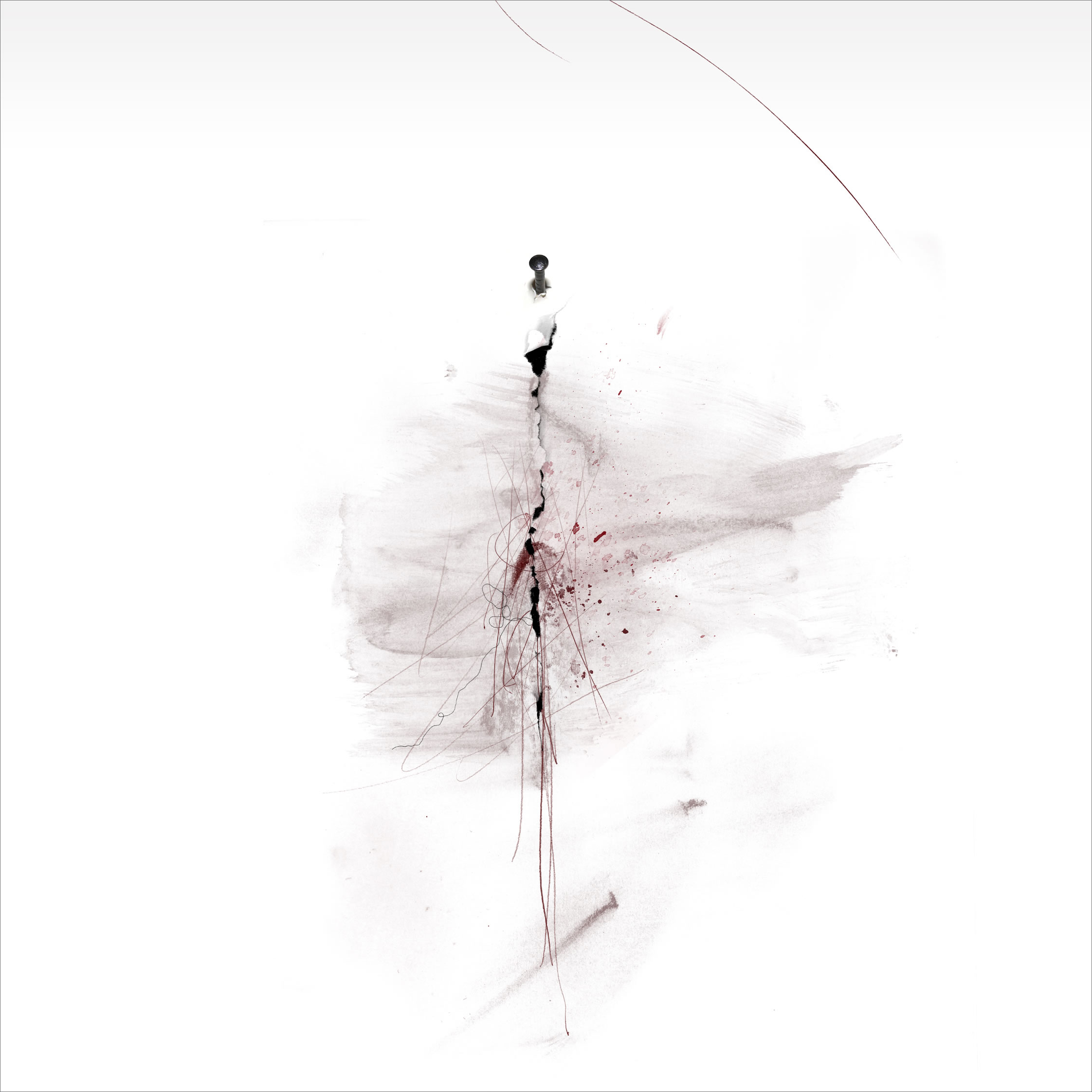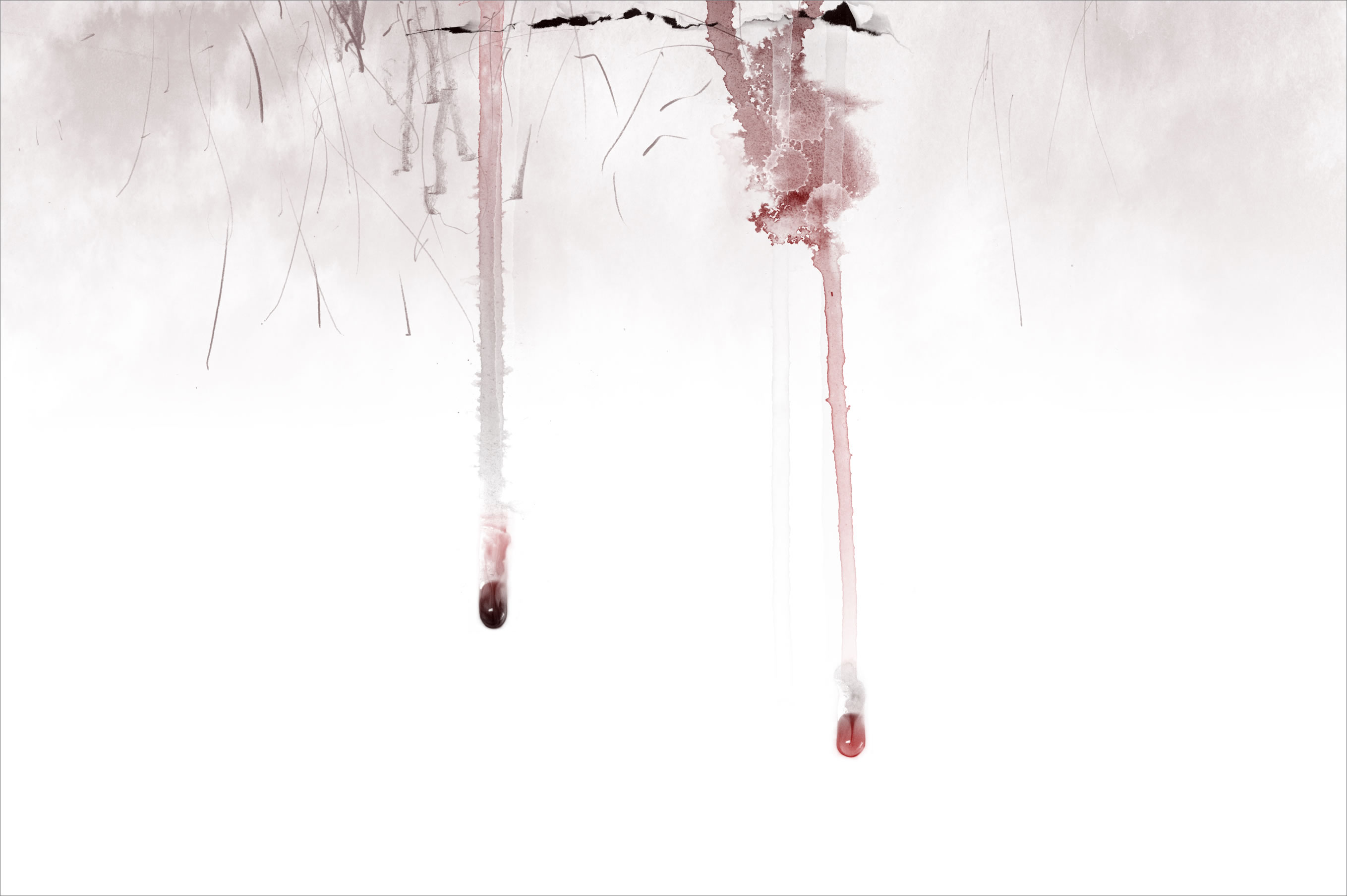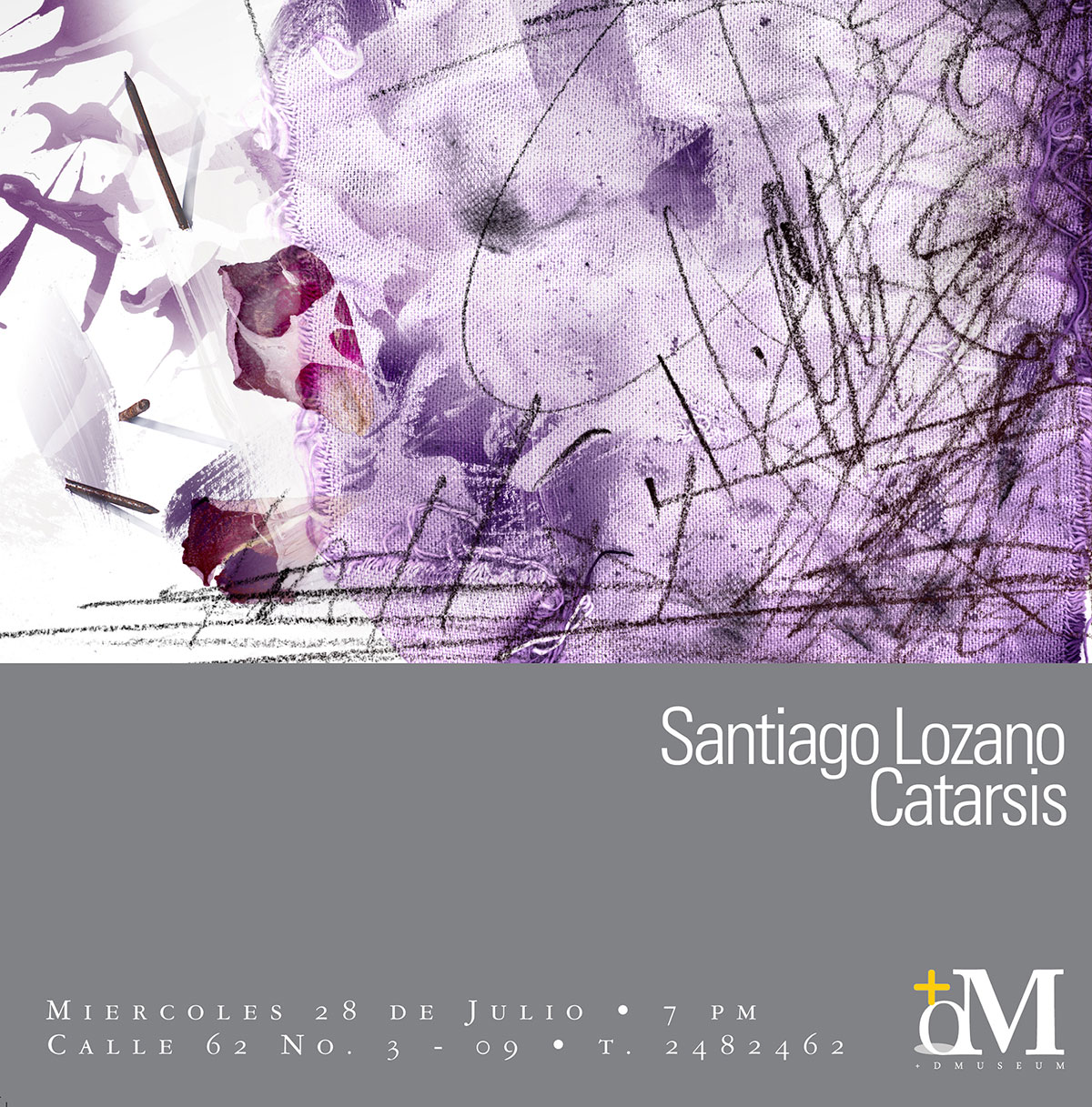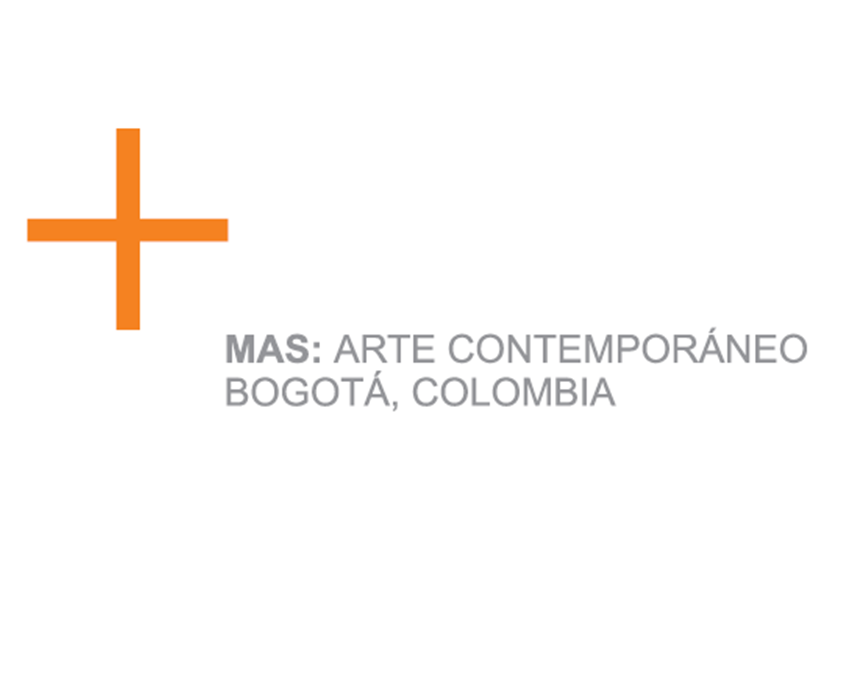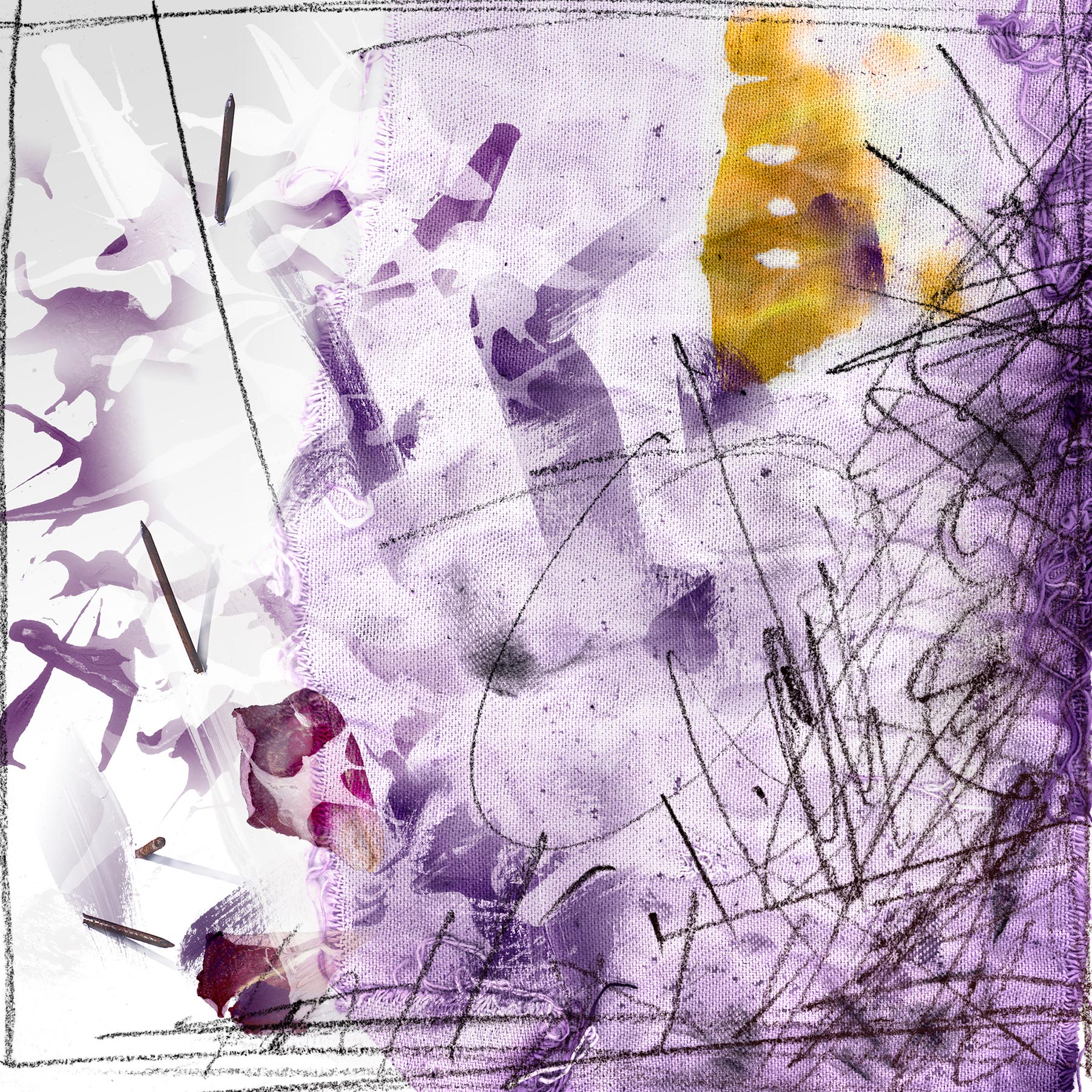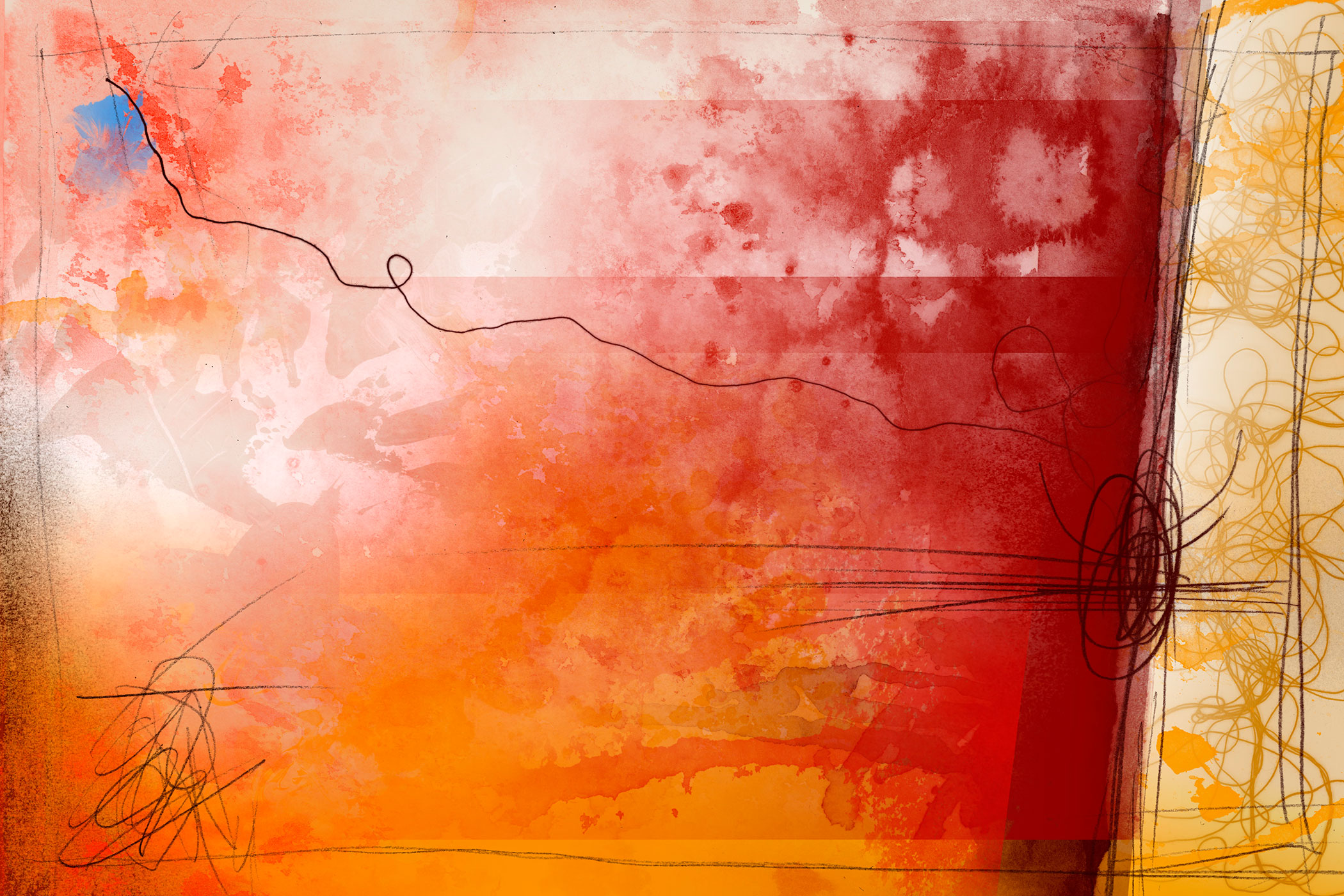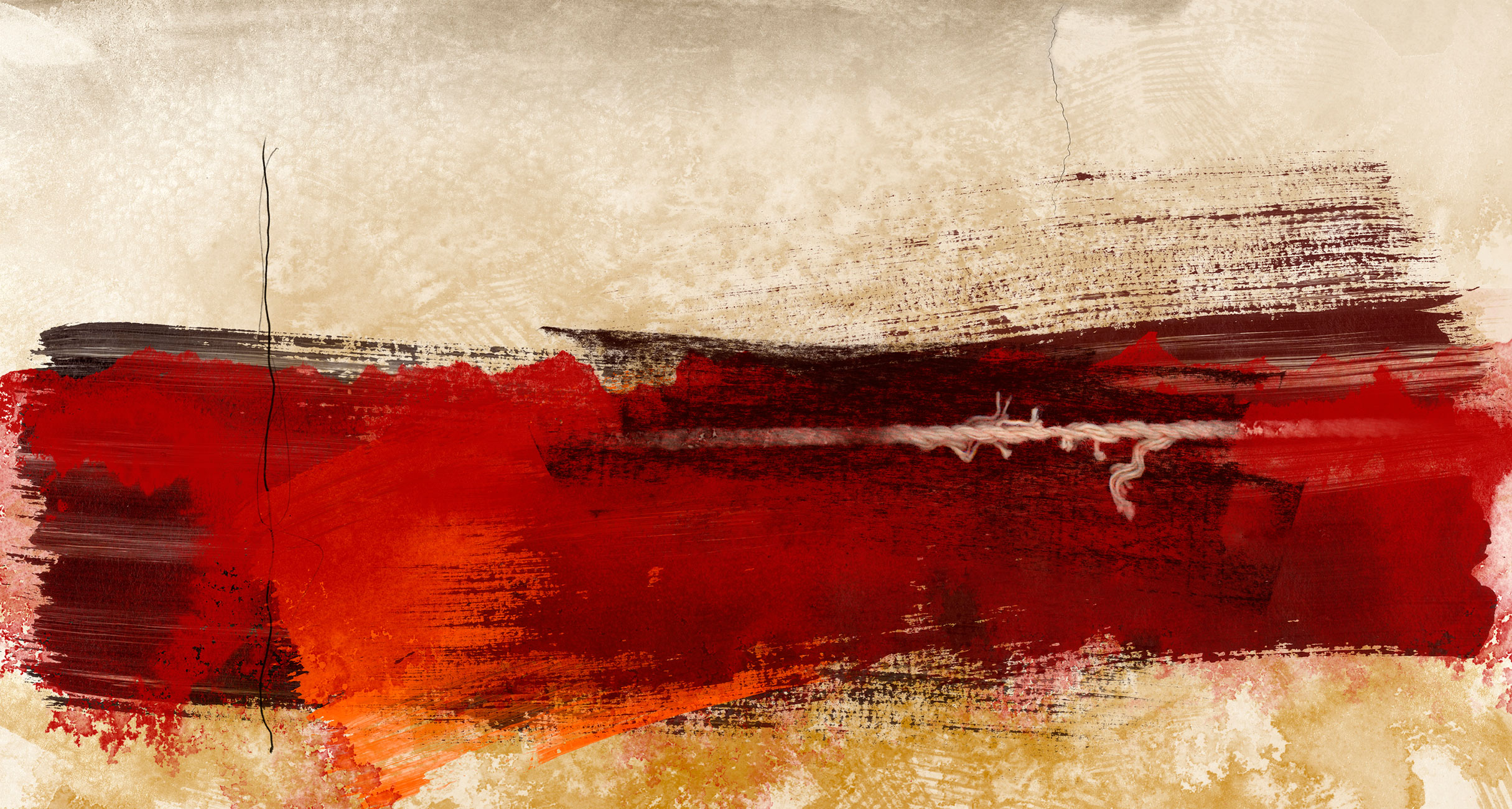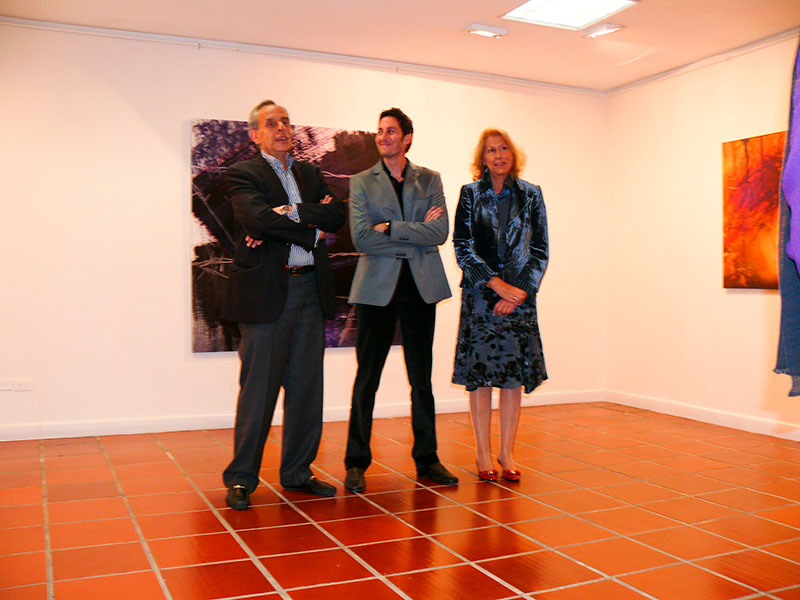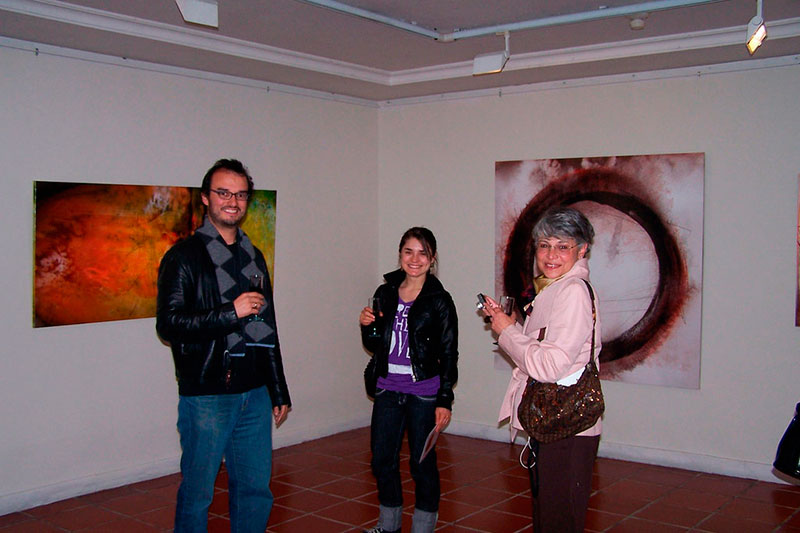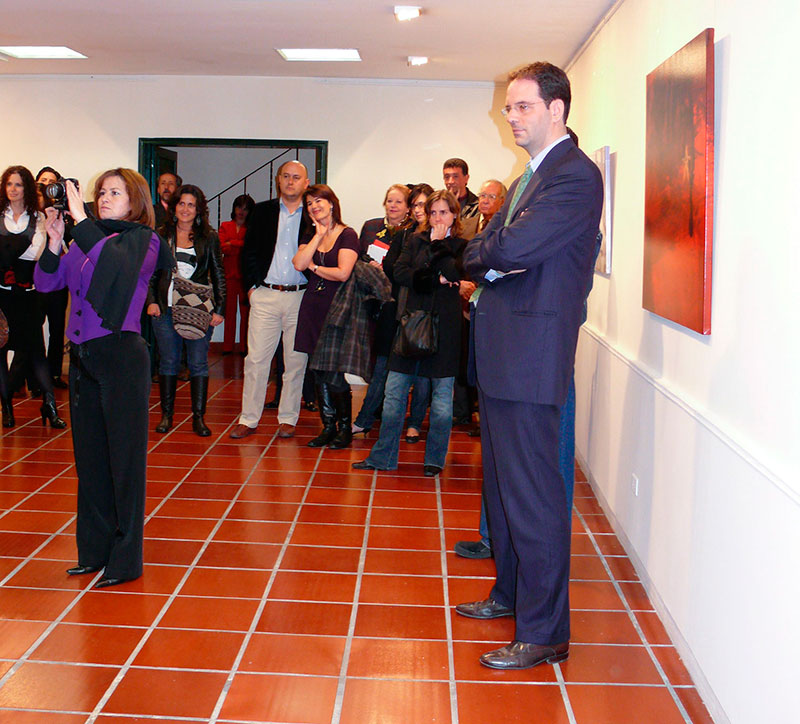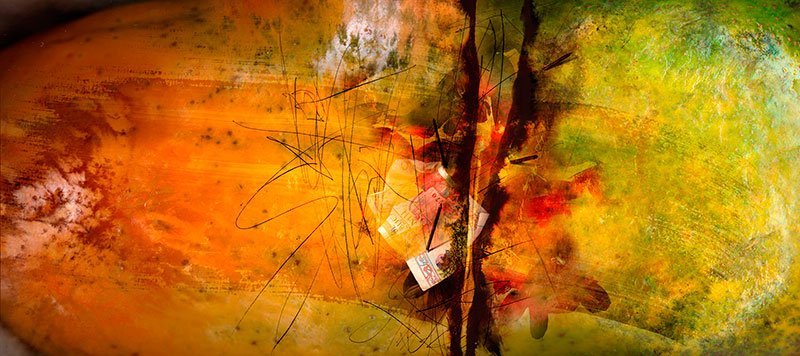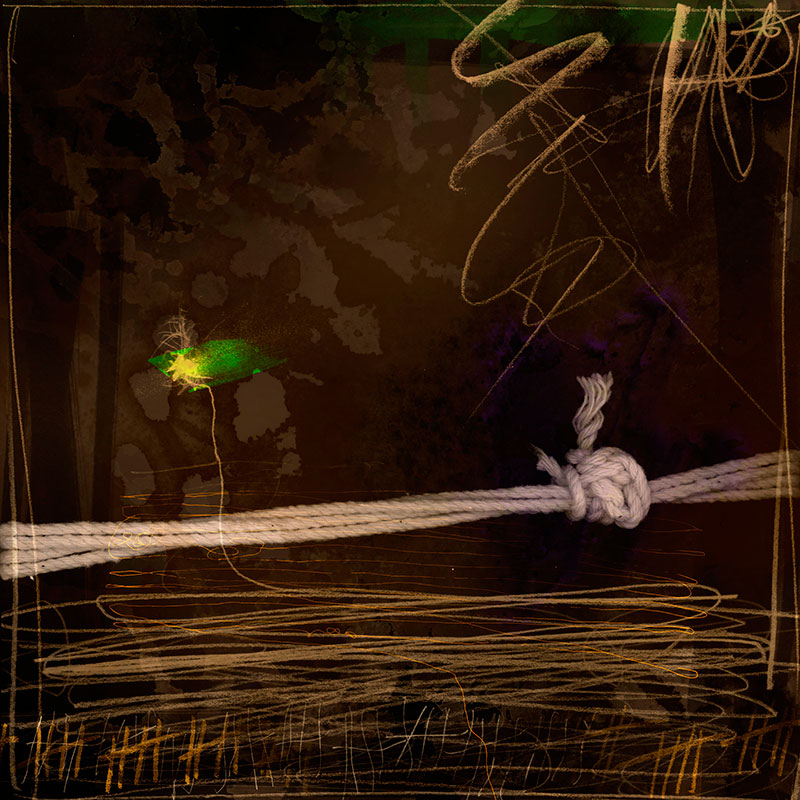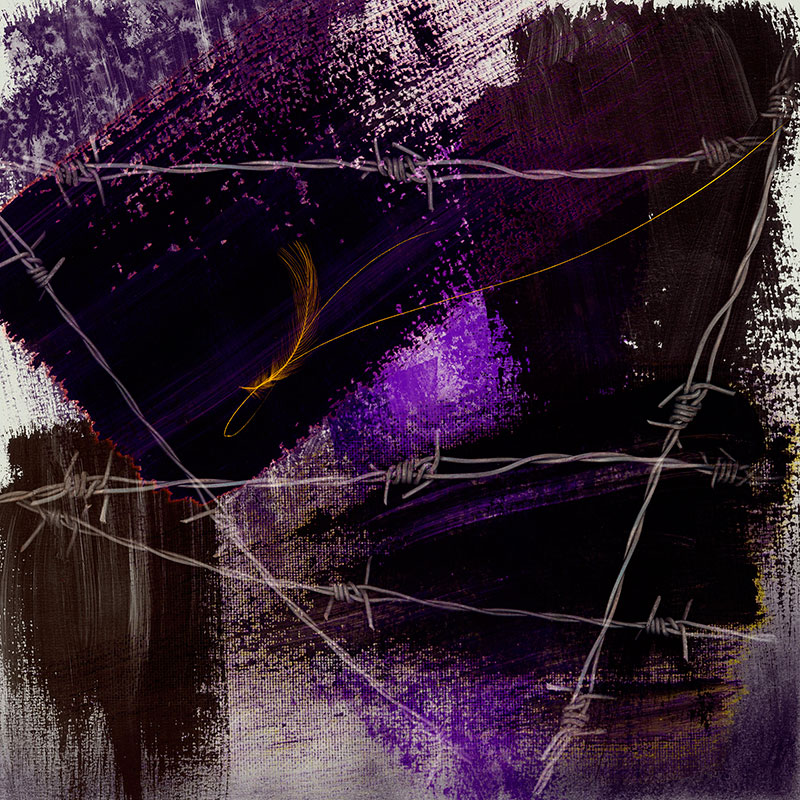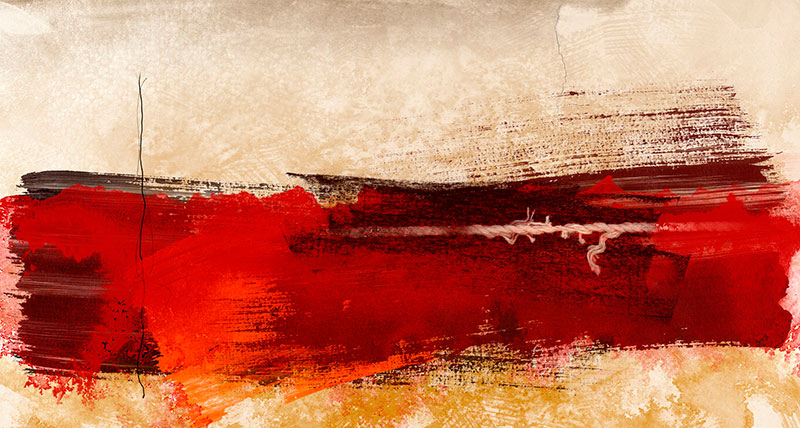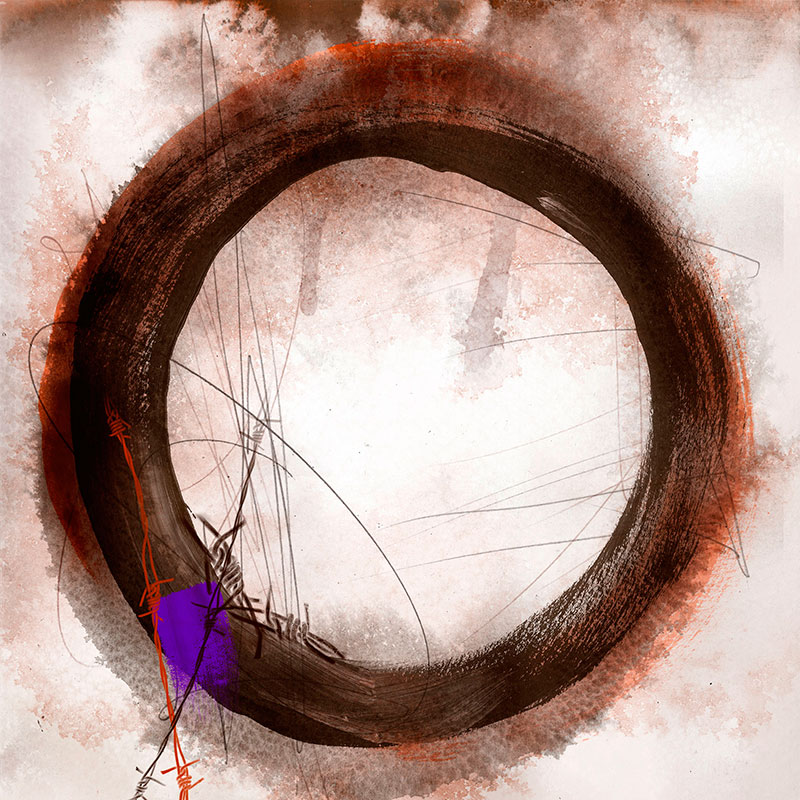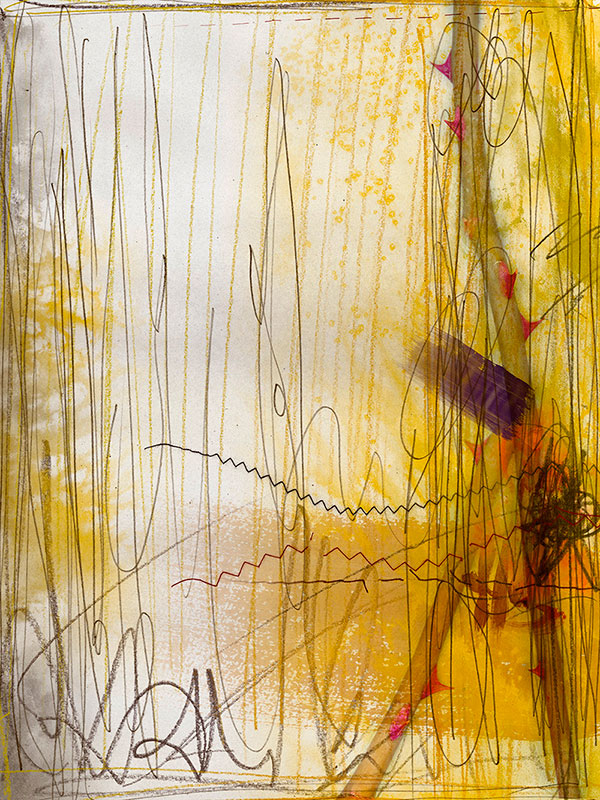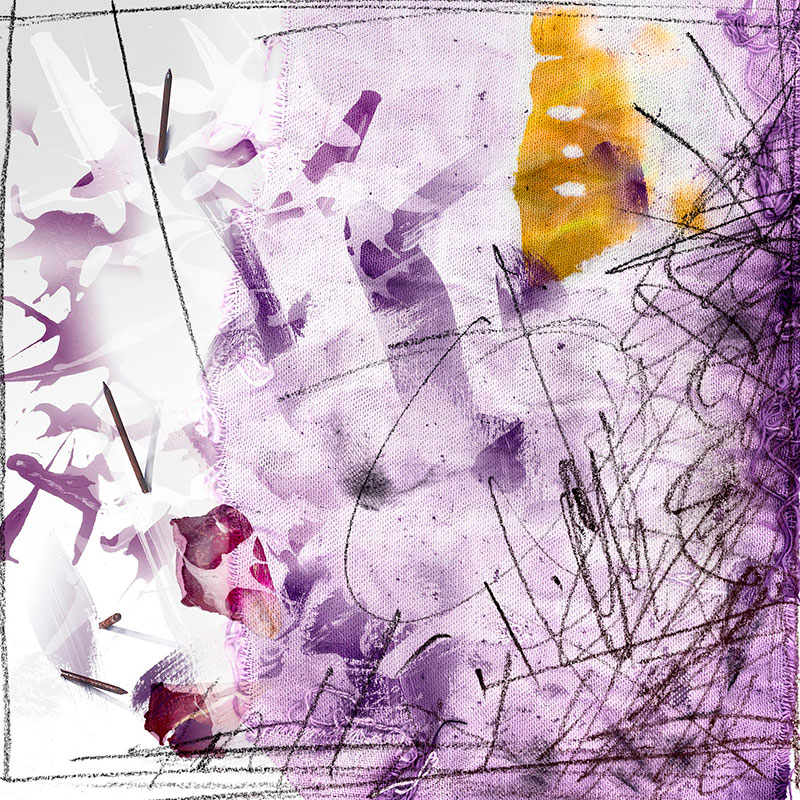Fernando Botero Award 2007
Group Exhibition19 April, 2007
Bogota, Colombia
Third edition of the prestigious Fernando Botero Award, organized by the Foundation for Young Colombian Artists to promote young colombian talent.
The jury, led by Mr. John Sillevis, Chief Curator of Gemeentemuseum in The Hague, Mr. Pascal Bonafoux and bosnian artist Safet Zec were responsible for selecting the participants in the Show.
Extinction
Solo Exhibition20 May, 2016
Galería Otros 360 Grados, Bogotá, Colombia
Humanity as a non-viable species, as a failed project.
At an ever more rapid pace, the species is devouring the natural resources it needs for its own survival. Unconscionable acts of consumption and utter lack of responsability for the environment have forced a climate change on the planet and a mass extinction that borders on the apocalyptical. At this rythm and if profound mental structures are not changed, our fate as a species is a foregone conclusion. In this exhibition I propose an abstraction of a post-human world, through an arid symbolsim in which surface remnants of our passage: small relics devoid of any context, coherence or explanation yet heavy with pathos.
I allow some hope in the resilient power of nature to recover but I also announce the imminent collapse of many human structures, economic, mental and even physical, if we do not correct our course, and we do it now.
Grau Art Award 2014
Group Exhibition5 March, 2015
Casa Grau, Bogotá, Colombia
In the tenth anniversary of the passing away of colombian artist Enrique Grau, his foundation creates an award show featuring five fine art categories.
Odeon Art Fair 2014
Group Exhibition23 October, 2014
Otros 360 Grados, Bogota, Colombia
Utopias, X Espacio de Arte
Solo Exhibition5 March, 2014
X Espacio de Arte, Mexico City, Mexico
The sculptural series Utopias raises three large questions. The first
proposes a criticism and at the same time pays homage to the ideals of
Modernism through the alteration of pure geometries and pristine
surfaces; it alludes to those “godlike minimalist objects”, which
through their abstraction pretended to “leave history behind” and
redefine the course of twentieth century societies. It is criticism in the
sense that it points out how utopical those ideals are and it is homage,
since by marrying the imperfection of the postmodern world to those
ideals, it gives new value to them no matter how obsolete they may
seem today.
The second deals with the concept of value in imperfection. Western
society gives an immense value to the “perfection” of the form. Utopias
proposes, through flawed forms, an aesthetic more in line with the
realities of the present. It integrates imperfecion to the pure form and
imbues it with the mystique of the “valuable object”.
The third answers formal questions about material and volume. Within
the framework of a hard, rigid material and unyielding, precise geometries,
the sculptural process aims to create ductility, organic shapes and
fluidity, creating a double reading of the action applied by the artist
and the actual shape of each piece.
Interview in ForoTV: https://vimeo.com/90331786
Mixed Media
Group Exhibition1 May, 2013
Gallery 360 Grados, Bogota, Colombia
This is an exhibition of 9 artists, both Colombian and foreign,
with a different proposal in mixed media.
Sculpture, photography, ceramics, painting and loom installations.
Void
Solo Exhibition1 May, 2012
X Espacio de Arte, Mexico City, Mexico
Chilango Magazine Review
By Veronica Sanchez Marin
http://m.chilango.com/arte/expo/2012/05/11/vacio-de-daniel-lozano
The trickery of software, the games of composition, the palette that computers use to overflow the retina. They are not truculent gimmicks, but rather a tamed toolbox, one that far from weighing down on its style lightens it. Since 2004, the work of Santiago Lozano (Bogota, 1972), is the result of a process where the computer and design software take the place of brushes and pigments to produce artwork in traditional formats.
Fusing one of the most traditional arts with the new power of technology allows Lozano a work rich in textures, closer to abstraction than to figuration. Despite being digital paintings, each of his works is unique and singular, created for a single reproduction, thanks to the wit of the artist in using the printing technique called giclée.
The exhibition Void, opening on May 9 in X Espacio de Arte Gallery and running through May 30, is comprised of 17 works in small and large format that combine—as does his earlier work—real materials (acrylic, pencil, photography) which is scanned and printed on canvas with an impeccable resolution. In these works the artist prints clues to decipher a personal imagery that, if made explicit, would include real object such as barbed wire, nails, flowers and rope, elements wrapped in a halo of both the most delicate femininity and self-destructive rage.
One can detect in the work of Santiago Lozano traces of surrealism and evident references to pure abstraction. The new approach to art and digital art that this artist proposes is an interesting look back at the XX century as a pictoric source. And it just might be that the future is all about new techniques. With Void, Lozano vindicates, above all, the importance of concepts over objects, of the final result over artistic processes.
Digital Painting
Solo Exhibition1 September, 2010
+MAS Arte Contemporaneo, Bogota, Colombia
Catharsis
Solo Exhibition26 September, 2008
Cultural Center, University of Salamanca, Bogota, Colombia
ArtNexus Review
http://www.artnexus.com/Notice_View.aspx?DocumentID=19941
María José Ramírez
New-technology visual production, by its common-sense definition, leaves behind traditional supports and opts for digital media as the form of fin al presentation of the work of art. In an inverse process, the work of Santiago Lozano uses digital media as a tool to produce results in conventional formats. Specifically, we are talking about paintings that are the result of a process in which computers and design software are used as brushes and pigment in order to “paint” virtually and then, by means of large-format printouts, to “stamp” the canvas with impeccable results.
Given his professional work in the fields of design and advertising, Lozano’s creative trajectory moves intentionally away from the easel painter’s interaction with his materials. By composing and de-composing, trying out one stroke and another, one texture and another, the artist exercise an almost obsessive control over his creative process and distils to the maximum the error margin of a wrong line, or a color that got contaminated with excess, of a plastering with volume in the middle of the canvas, and establishes what are almost posters and, at the same time, pictorial explorations. Using this technique he combine real, physical elements, such as pencil tracings, charcoal, pastels, acrylic and watercolor, with photographic elements and real objects. All these elements are digitalized in a high-definition scanner, often dramatically increasing their size and texture. Later, the computer functions as a factotum of collage, combining, giving color, and composing the different elements. Once the image on the screen is satisfactory to the artist, the digital file is sent to a printer for what is known as giclée, in high resolution (4000 dpi) and with 12 inks (4 cyan, 4 magenta, 3 yellows, and black.) This “digital painting” is only justified by the practicality of combining many tools for direct manufacture on the canvas with mutually complementary technological effects.
In this his first individual exhibition, Lozano gathers 16 works developed during the last three years, around the topic of human moods, under the title of Catarsis. Here, he allows himself to externalize moments and reflections from a private, very personal point of view, referencing his own experiences at the level of a relationship with others, musings about the immediate environment, and human behavior in general. This conceptual part evokes emotions and thoughts that are translated by the artist in visual terms ¿wide and raw brushstrokes; loose, almost childish tracings in pencil and pastel, breakages, twine and points¿, each one of them possesses a clear rational and/or emotional meaning. “That catharsis of my soul is completed by what the viewer is able to infer or feel in each painting.” This is why he didn’t place the titles of the works on the walls, seeking for viewers to appropriate each painting in a personal way, with intuitive appropriations. “Almost like those Rorschach tests used in psychology, where the viewer sees a blotch and, depending on their emotional state, infer something from it.”
One of the most compelling works in the show is comprised of a large ring on a 150 x 150 m canvas, in browns and reddish hues with strokes of different textures of pastel, charcoal, and watercolor. A segment of the circumference is traversed by barbed wire. The ring symbolizes the unending cycle of the routine, like the entrance to a tunnel with no light at the end, reflected on the loneliness of a person trapped and tortured by his or her own loneliness, who can¿t find a way to break with such a situation.
Another interesting work is a horizontal/rectangular format with a background of ochre, pallid textures, like the pages of an ancient book. On the bottom, the diffuse image of a rope that slowly comes apart is swipe away by a brushstroke in several shades of red. For the author, it represents the painful, almost imperceptible process of the distancing of two people. Where the lack of communication and the fact that each pulls in their own direction inevitable break even the ties that seemed most solid.
In this way, Lozano begins to claim as his own some elements that become recursive in his work. Such as constricting and piercing objects (rope and barbed wire) an others that denote unease and a tortured spirit (thumbtacks, repetitive spirals, blunt splotches that highlight those minimalist objects against abstract backgrounds.) It is important to note that the stiffness of such a ¿clean¿ and controlled technique produces a special contrast with the sensitive temperament of an artist very intent on understanding his psyche and the psyche of others, and who constantly wonders about our existence.
